Are you curious about the history of industry and innovation? These are the top industrial heritage museums in Spain:

Salinas de Janubio
YaizaLas salinas de Janubio are situated in the municipality of Yaiza, in the southwest of Lanzarote, one of the Canary Islands in Spain. These salt flats are the most extensive in Lanzarote and are still active today, thanks to the support of the EU, which declared them a protected natural area. This location offers a unique blend of landscape and ecological values, combined with the complexity and originality of its salt architecture and hydraulic systems.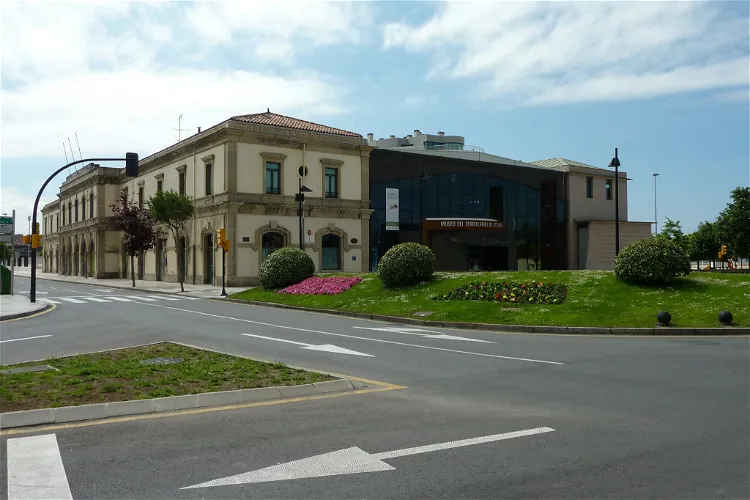
Gijón Railway Museum
GijónThe Gijón Railway Museum is situated at the old North Train Station of Gijón, in close proximity to Poniente Beach. The museum spans over 14,000 square meters and includes the original station, which was built in 1874, along with two new buildings and railway tracks. The location and the historical buildings add to the charm and authenticity of the museum experience.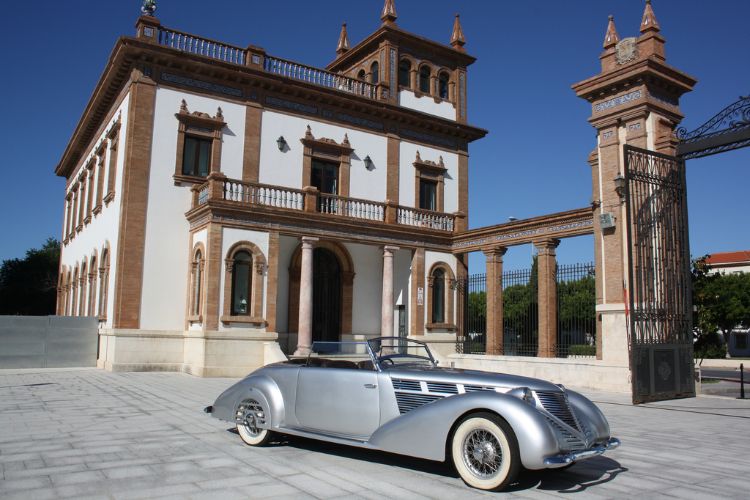
Automobile and Fashion Museum
MálagaThe Automobile Museum of Malaga (Museo Automovilistico y de la Moda ) is a museum dedicated to the automotive industry that is housed in the old building of the Royal Tobacco Factory of Malaga. The museum has over 90 vehicles on display from 1898 to the present day, constituting a representative var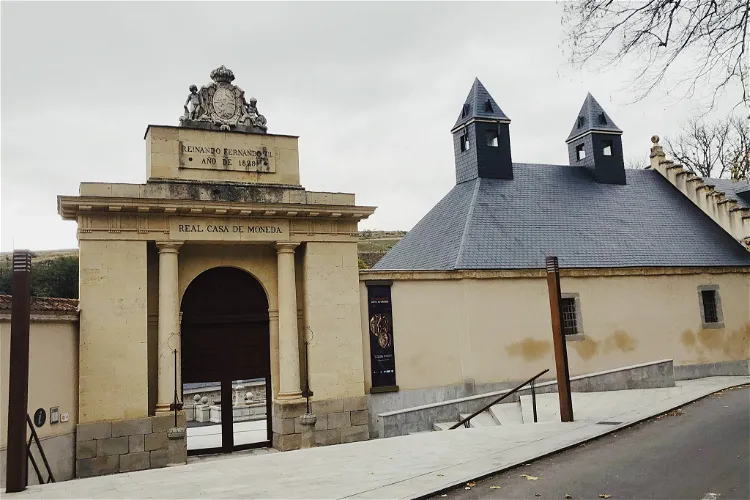
The Coining House
SegoviaThe Coining House, located in Segovia, Spain, is a historical site that dates back to the 1500s. It was once a royal mint, but today it serves as a museum. The museum is dedicated to showcasing coins, industrial heritage, and the famous aqueduct of Segovia. This provides a unique opportunity for tourists to delve into the rich history and culture of Spain.
The Aloe Vera House Museum
HaríaCompany museum dedicated to the history of aloe vera treatments and to its medical effects. Visit this modern complex to learn more about it.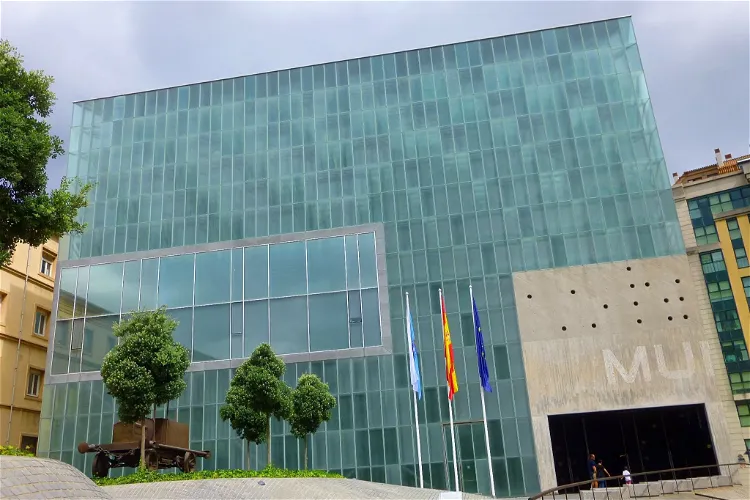
National Museum of Science and Technology
A CoruñaThe National Museum of Science and Technology has two locations for visitors to explore. One is situated in A Coruña, a city known for its rich history and vibrant culture. The other location is in Alcobendas, a town located near the bustling city of Madrid.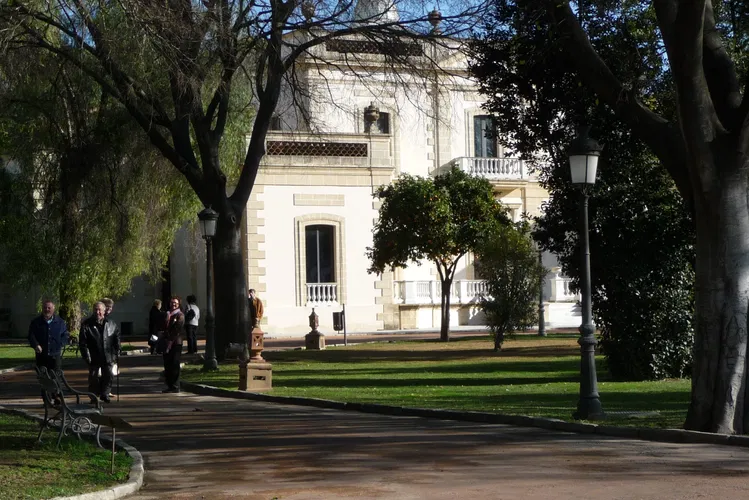
Palace of Time
Jerez de la FronteraLos Museos de la Atalaya is a cultural space located in Jerez de la Frontera, Andalucía, Spain. It comprises the Misterio de Jerez, a complex used for celebrations, shows, meetings, and the Palacio del Tiempo, a museum dedicated to clocks. This unique combination of cultural and historical elements makes it an interesting destination for tourists.
Museo Minero de Escucha
EscuchaThe Museo Minero de Escucha is not just a museum, but an authentic mining experience. It is situated inside a restored lignite mine called 'Se Verá'. This unique setting allows visitors to truly immerse themselves in the history and workings of a real mine.
Cap de Tossa Lighthouse
Tossa de MarThe Tossa Lighthouse is a significant landmark located in the resort town of Tossa de Mar. This town is situated at the southern end of the Costa Brava, in the Province of Girona, Catalonia, Spain. The lighthouse offers a unique blend of historical and cultural significance, making it a point of interest for tourists visiting the area.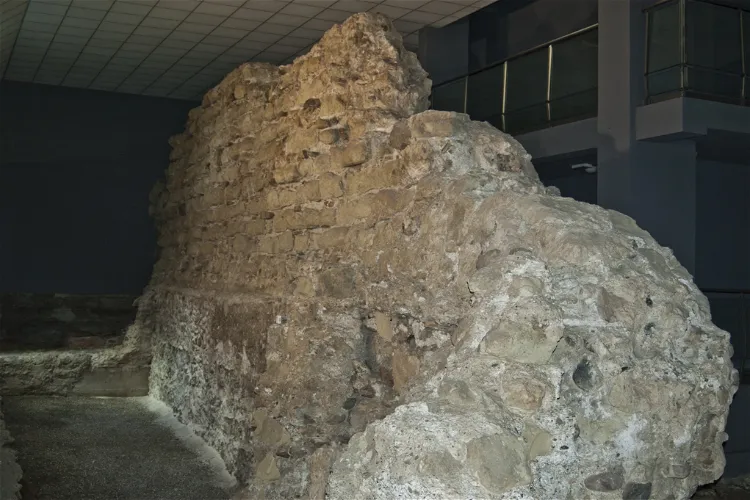
Enclave Arqueológico Puerta de Almería
AlmeriaThe Enclave Arqueológico Puerta de Almería is home to the only preserved Roman archaeological remains in the city. These include a salting factory, which is a significant testament to the city's ancient industrial history. Additionally, the museum also houses one of the gates of the Islamic wall that once enclosed the city to the south. This gate is a remarkable example of the city's medieval architectural heritage.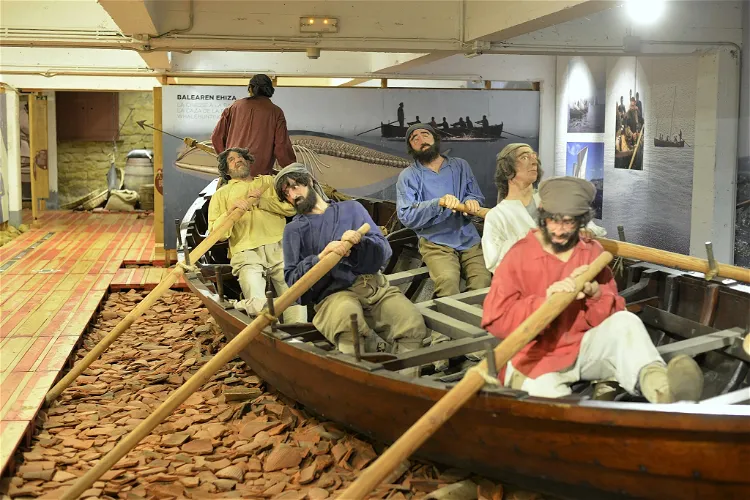
Albaola Itsas Kultur Faktoria
PasaiaAlbaola Itsas Kultur Faktoria, located in Pasajes San Pedro, Guipúzcoa, is a unique living-shipyard museum. Its main objective is to revitalize the Basque maritime heritage and recover the maritime technology used in the construction of boats of heritage or historical interest. This museum offers a unique opportunity for visitors to witness the process of boat construction and learn about the rich maritime history of the Basque region.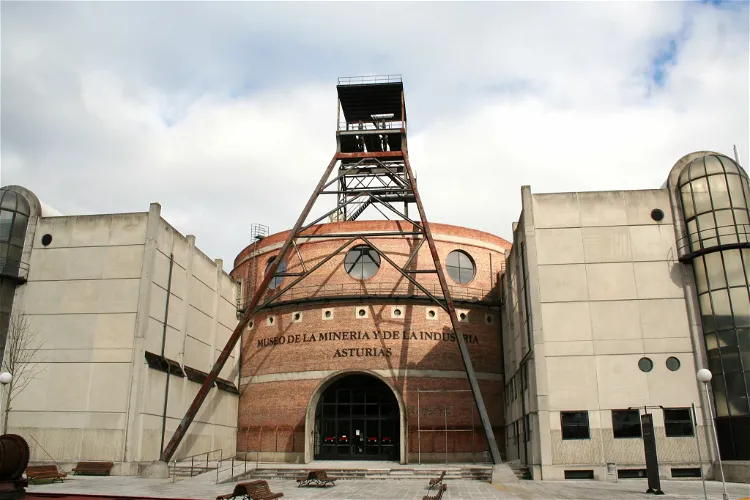
Museum of Mining and Industry
San Martín del Rey AurelioThe Museum of Mining and Industry of Asturias (MUMI) is situated in the village of San Vicente, close to El Entrego, in the municipality of San Martín del Rey Aurelio. This location is known for its rich mining tradition, making it a significant site for the museum.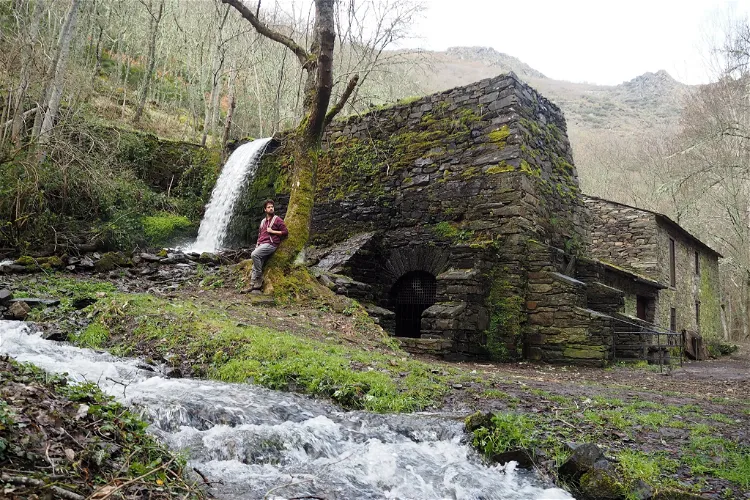
Herrería de Compludo
PonferradaLa herrería de Compludo is a medieval forge that is situated in the valley of Compludo, in the Spanish municipality of Ponferrada. This historical site is located in the region of Bierzo, within the province of León, in the autonomous community of Castilla y León. It offers a unique glimpse into the past, providing an opportunity to explore the rich history and culture of the region.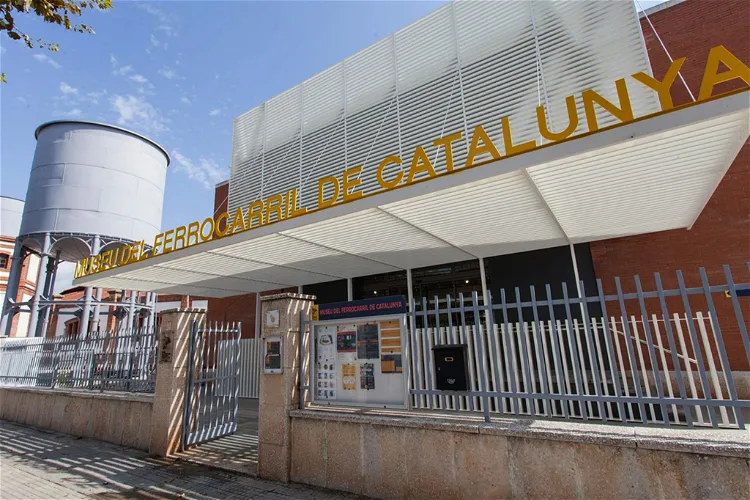
Railway Museum of Catalonia
Vilanova y GeltrúThe Railway Museum of Catalonia is situated in the town of Vilanova i la Geltrú, which is approximately 40 kilometers south of Barcelona. This location makes it easily accessible for tourists visiting Barcelona and looking for a day trip to explore the rich history of railways in Catalonia.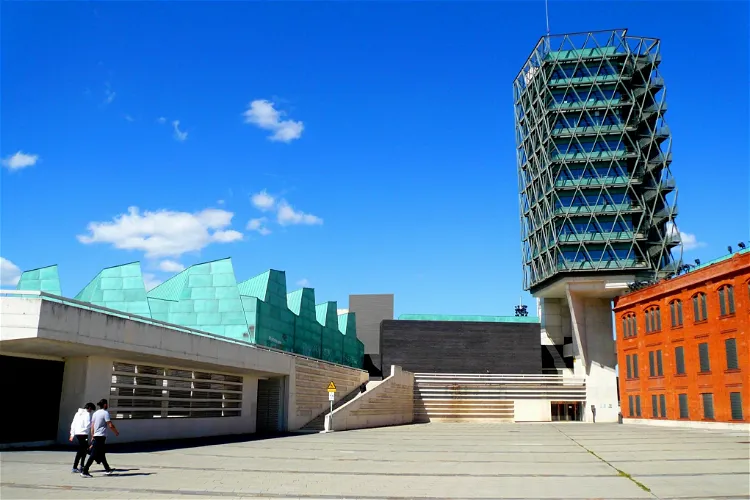
Valladolid Science Museum
ValladolidThe Valladolid Science Museum, which opened its doors in May 2003, is a unique blend of history and modernity. The museum is housed in a former flour mill, a nod to the city's industrial past. The design of the museum was entrusted to renowned architects Rafael Moneo and Enrique de Teresa, who skillfully incorporated elements of the old industrial complex into the new Science Museum.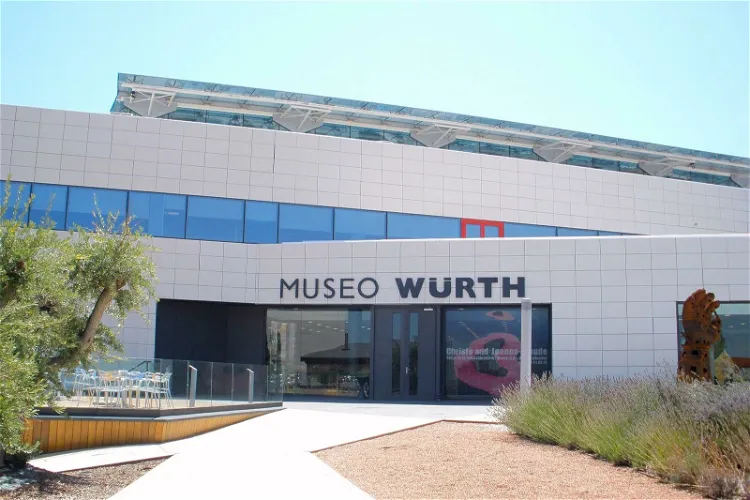
Würth La Rioja Museum
AgoncilloThe Würth La Rioja Museum is a contemporary art museum situated in the El Sequero industrial estate, in the municipality of Agoncillo, La Rioja, Spain. The museum is part of the German industrial multinational Würth, showcasing a blend of industry and culture in a unique setting.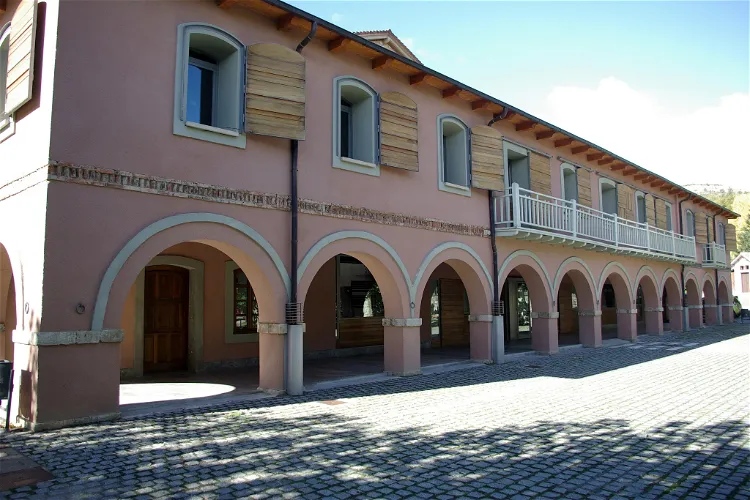
Museo de la Siderurgia y la Minería de Castilla y León
SaberoThe Museo de la siderurgia y la minería de Castilla y León, also known as MSM, is a museum situated in Sabero, León, within the autonomous community of Castilla y León in Spain. The museum was officially opened to the public on the 3rd of July, 2008.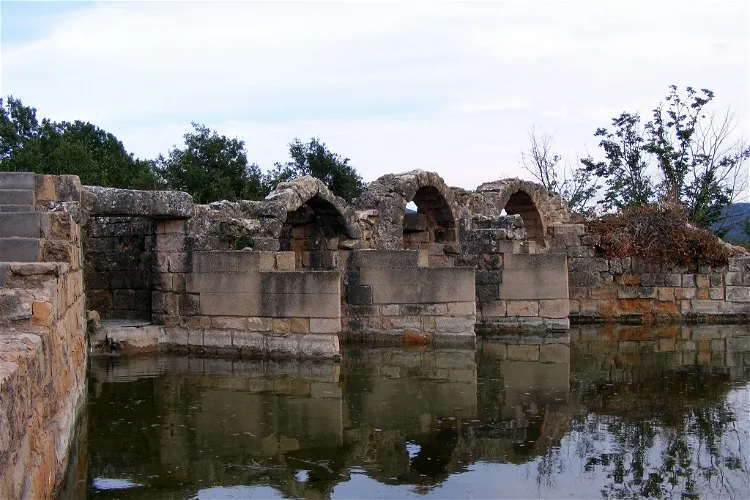
Los Molinos de la Vila
MontblancLos Molinos de la Vila, also known as Els Molins de la Vila in Catalan, are situated one kilometer east of the village of Montblanch, nestled between the Francolí and Anguera rivers. Specifically, they are located on the bank of the Anguera river. This location provides a picturesque setting for visitors to explore and appreciate the historical significance of these mills.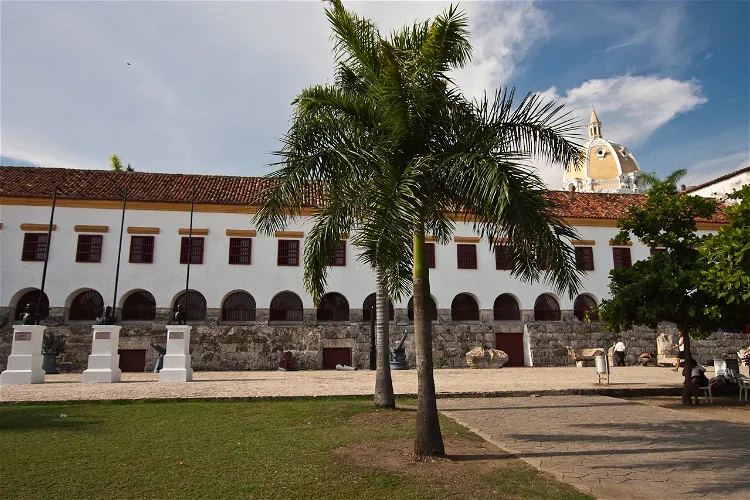
Cartagena Naval Museum
CartagenaThe Cartagena Naval Museum, located near the city port of Cartagena in Spain, is a military museum that showcases exhibitions related to naval construction. It provides a unique opportunity for visitors to delve into the history and intricacies of naval architecture and engineering.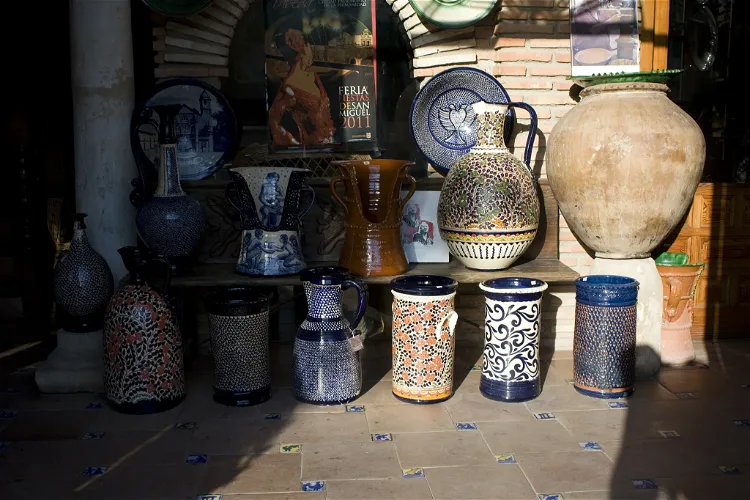
Museo de Alfarería
ÚbedaThe Museo de Alfarería de Agost is situated in a former factory in an industrial neighborhood that dates back to the late 19th and early 20th centuries. This setting serves as a testament to the traditional pottery wealth of the local population.
Toy Museum of Catalonia
FigueresThe Toy Museum of Catalonia is housed in the historic Casa Terradas, a building that dates back to 1767. Located in the city of Figueres, Spain, the museum offers visitors a unique opportunity to explore the rich history of toys in Catalonia. The museum's location adds an extra layer of historical significance, making it a fascinating destination for tourists interested in both history and toys.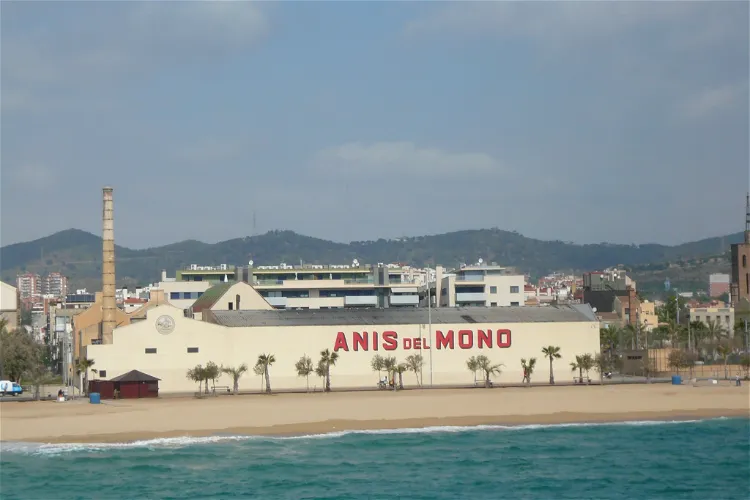
Anís del Mono Factory
BadalonaAnís del Mono is a registered brand of anisette that originates from the Spanish city of Badalone, in Catalonia. This anisette has been a staple in Spanish confectionery since the 19th century, making it a significant part of the country's culinary history.
National Museum of Science and Technology of Catalonia
TerrassaIn addition to its main location, the mNACTEC also operates three other sites: Farga Palau de Ripoll, Museu do Cimento Asland de Castellar de n’Hug, and the Museu da Colonia Sedó Esparreguera. These additional locations offer visitors the opportunity to explore different aspects of Catalonia's industrial and technological history.
Catalan Wine Cultures Museum
Vilafranca del PenedèsThe Catalan Wine Cultures Museum, also known as VINSEUM, is situated in an ancient palace that once belonged to the kings of the Crown of Aragon. This historic building is located in the Jaume I square in Vilafranca del Penedès, a town in Barcelona, Spain. The museum's location adds a touch of historical significance to the overall experience of the visitors.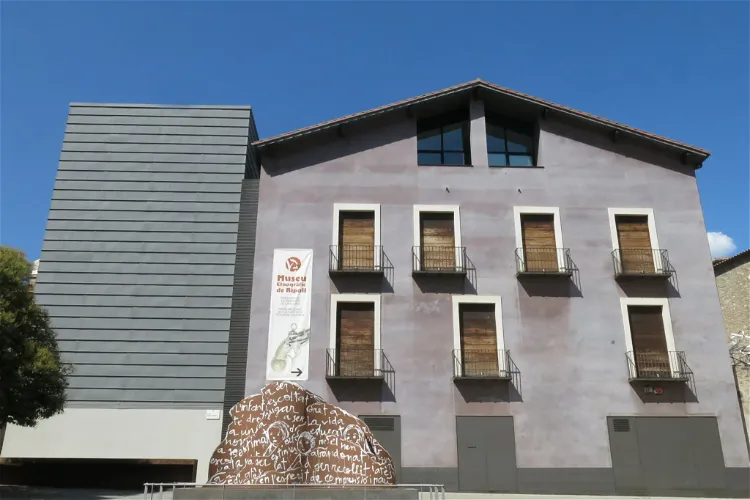
Ethnographic Museum of Ripoll
RipollThe Ethnographic Museum of Ripoll is situated in the city of Ripoll, within the province of Girona in Catalonia. This location is easily accessible and offers a rich cultural experience for tourists interested in ethnography and local heritage.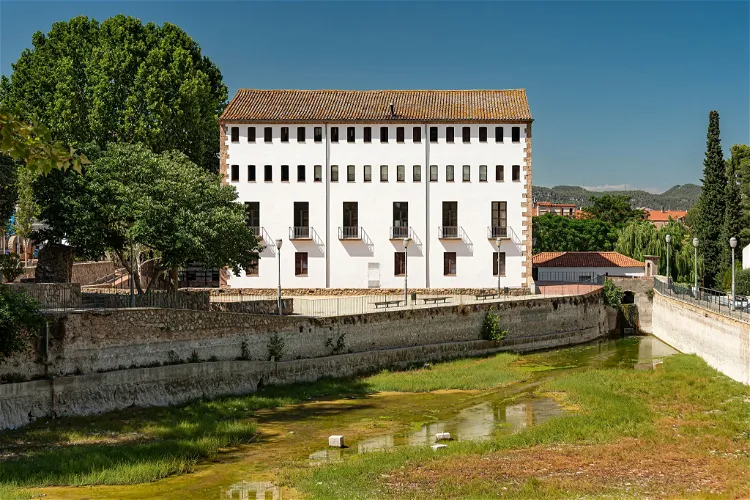
Capellades Paper Mill Museum
CapelladesThe Capellades Paper Mill Museum is a unique institution dedicated to the history and art of papermaking. Located in the town of Capellades, the museum is housed in an old paper mill known as 'Molino de la Villa'. It offers a comprehensive insight into the traditional methods of paper production, as well as the evolution of papermaking technologies up to the 21st century.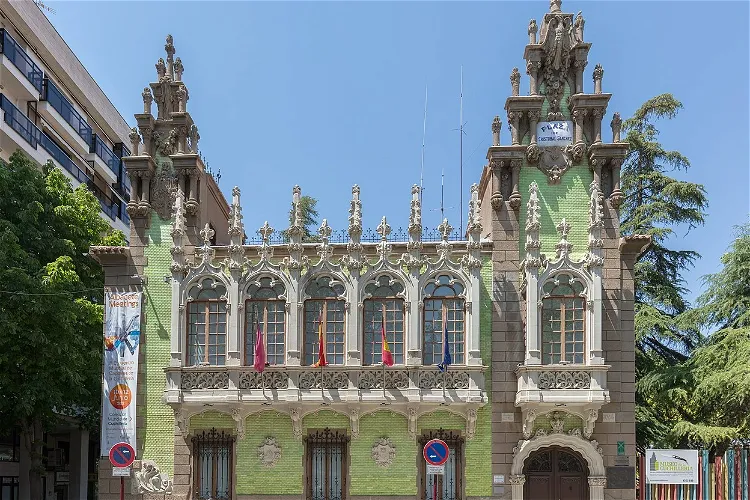
Municipal Museum of Cutlery
AlbaceteThe Municipal Museum of Cutlery in Albacete, also known as MCA, is a historical museum dedicated to the art of cutlery. It is located in the Spanish city of Albacete and is housed in the Hortelano house. This mansion, which dates back to the early 20th century, is situated in the central Cathedral square and was designed by the architect Daniel Rubio.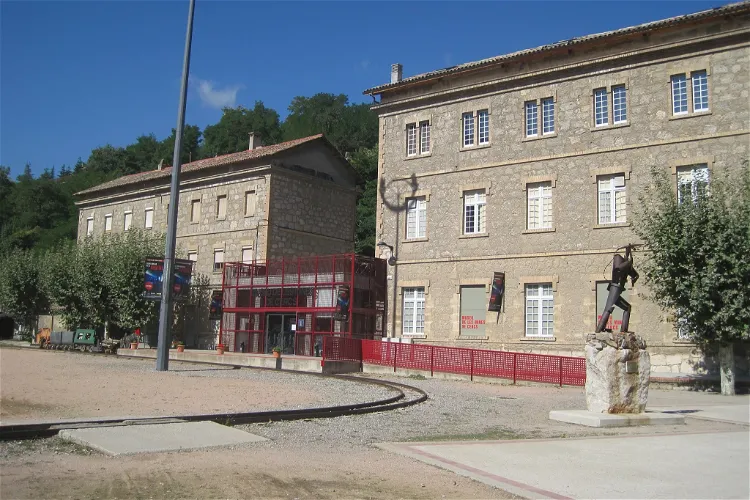
Cercs Mine Museum
CercsThe Cercs Mine Museum, located in the Sant Corneli colony in the municipality of Cercs, Catalonia, is a museum dedicated to coal mining. It provides a comprehensive view of the relationship between coal and the geological, landscape, economic, and human environment of the region. The museum, founded in 1999, is part of the Museum of Science and Technology of Catalonia and the Network of Local Museums of the Barcelona Provincial Council.
El Ter Industrial Museum
ManlleuThe El Museo Industrial del Ter (MIT), situated in Manlleu, Osona, is a museum that focuses on the territory and society. Its mission is to highlight the industrial and natural heritage of the middle Ter river basin. The museum is housed in Can Sanglas, an old spinning factory from 1841, located at the point where the industrial canal of Manlleu ends its course.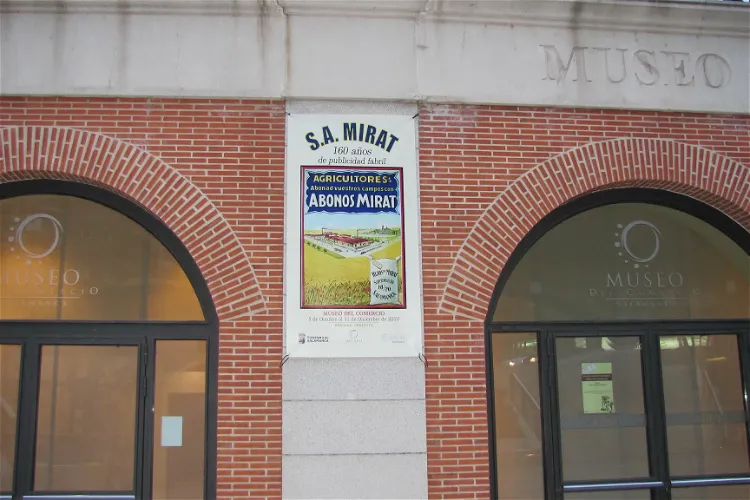
Museum of Commerce
SalamancaThe Museum of Commerce and Industry in Salamanca, Spain, is a unique institution dedicated to preserving and showcasing the history of economic, industrial, and commercial activity in the region. It provides a fascinating insight into the city's past, focusing especially on the city and its province. The museum was established with the support of the Salamanca City Council and the Official Chamber of Commerce and Industry of Salamanca, and it opened its doors to the public in January 2006.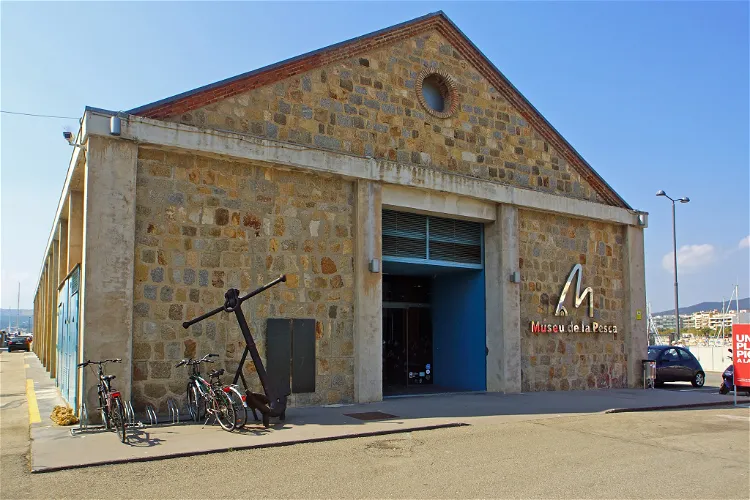
Fishing Museum
PalamósThe Fishing Museum, which opened its doors in 2002, is a dedicated space for the dissemination of fishing knowledge and the maritime heritage of Costa Brava. It is located in the Palamós fishing port in an old warehouse known as the 'Tinglado'. The museum's mission is to contribute to the cultural, economic, and social development of the community by strengthening its own territory and helping to reflect on and contribute to how marine and fishing heritage favor society.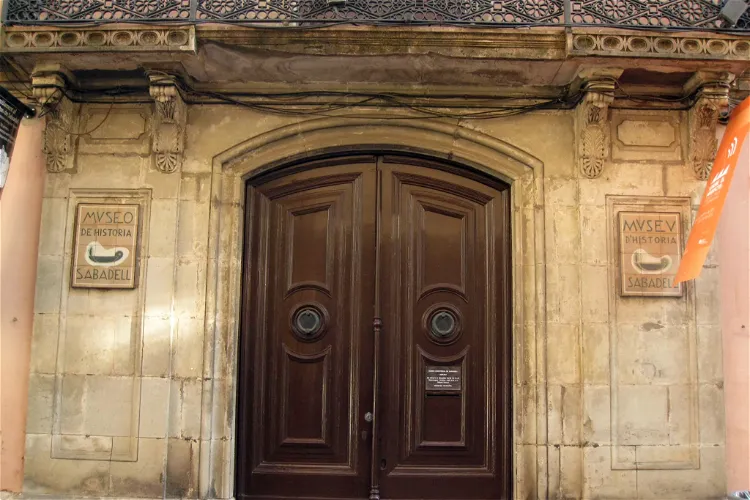
Sabadell History Museum
SabadellThe Sabadell History Museum is home to a variety of collections that delve into the city's archaeology, history, and ethnology. A significant focus is placed on the city's historical ties with wool manufacturing and the textile industry, offering visitors a unique insight into this aspect of Sabadell's past.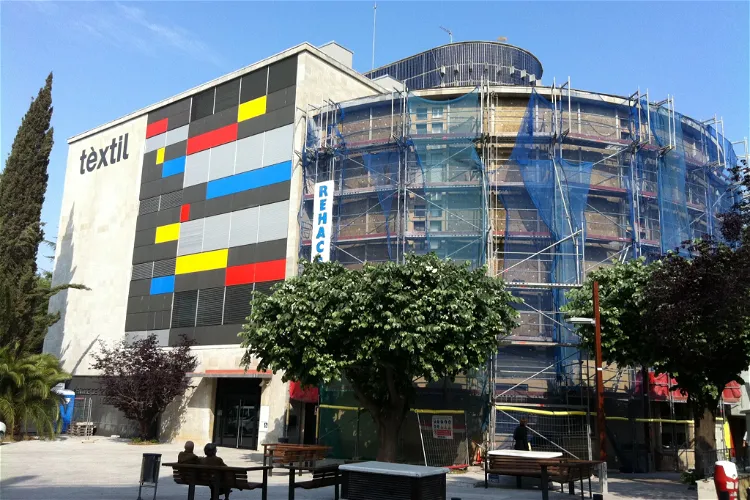
Textile Museum and Documentation Centre
TerrassaThe Textile Museum and Documentation Centre is situated in the city of Terrassa, known for its rich textile tradition. The museum is located on Salmerón Street, number 25, adjacent to the Vallparadís Carthusian castle. This location offers visitors the opportunity to explore both the museum and the historical castle during their visit.
Footwear Museum
EldaThe Footwear Museum Jos Mar a Amat Amer, situated in the city of Elda, Alicante, Spain, is one of the primary museums in Europe dedicated to the theme of footwear. It offers a unique insight into the history and production of shoes, making it a fascinating destination for those interested in fashion, history, or industry.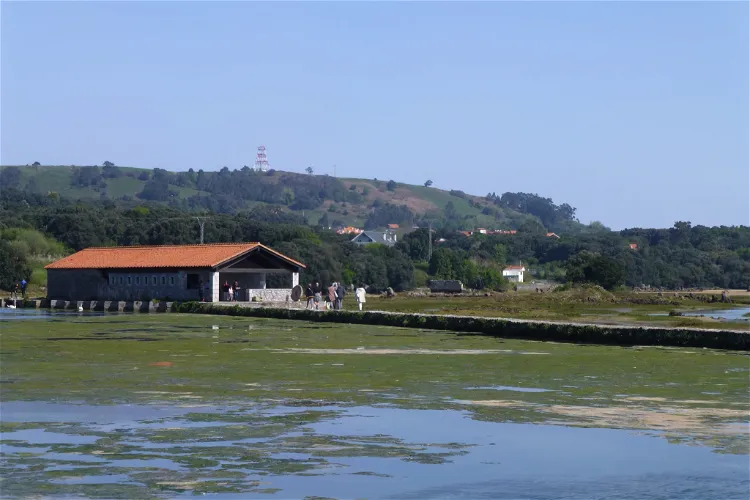
Santa Olaja Mill
Isla PlayaSanta Olaja Mill, also known as Santa Olalla, is a tidal mill located in the Joyel marsh in the municipality of Arnuero in Cantabria, Spain. It is part of the Trasmiera Ecopark and is one of the few mills that are still preserved in good condition. The mill is unique as it is the only one on the European Atlantic coast that functions as an Interpretation Center for these mechanical devices and maintains a visiting schedule open to the public all year round.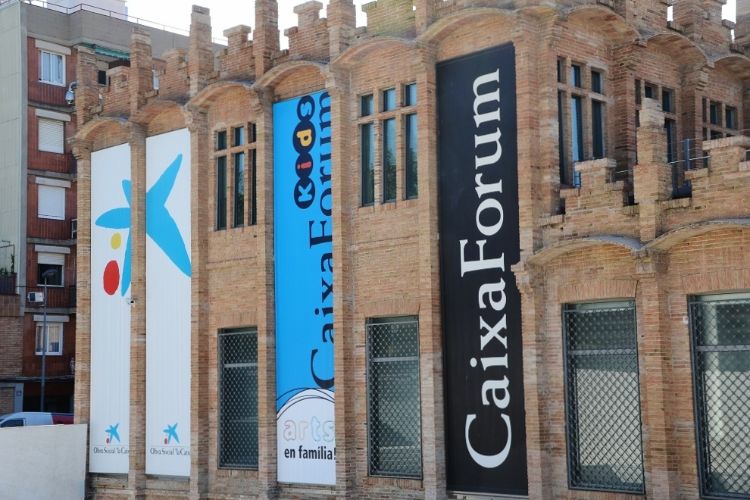
CaixaForum
BarcelonaThe CaixaForum is a former factory that has been turned into an art gallery which opened in 2002. The art nouveau building consists of an exhibition space, a media library, auditorium, classrooms and a restaurant. It puts on mainly temporary exhibitions of contemporary artists. Concerts and conferen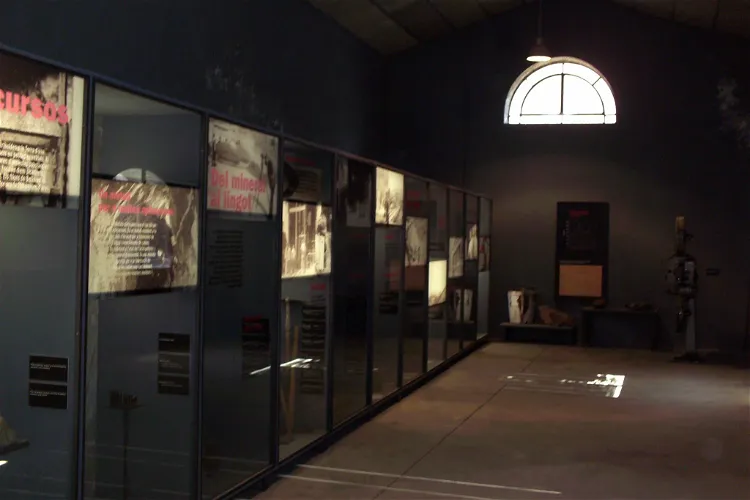
Bellmunt del Priorat Mines Museum
Bellmunt del PrioratThe Bellmunt del Priorat Mines Museum is situated in the former industrial complex of the Eugenia Mine. It serves as an interpretation center for understanding the history and techniques of lead mining in the El Priorat region of Catalonia, Spain. The museum is part of the Science and Technology Museum of Catalonia (mNACTEC) system, which includes various museums and collections throughout Catalonia, each specializing in different thematic areas of industrial heritage, science, and technology.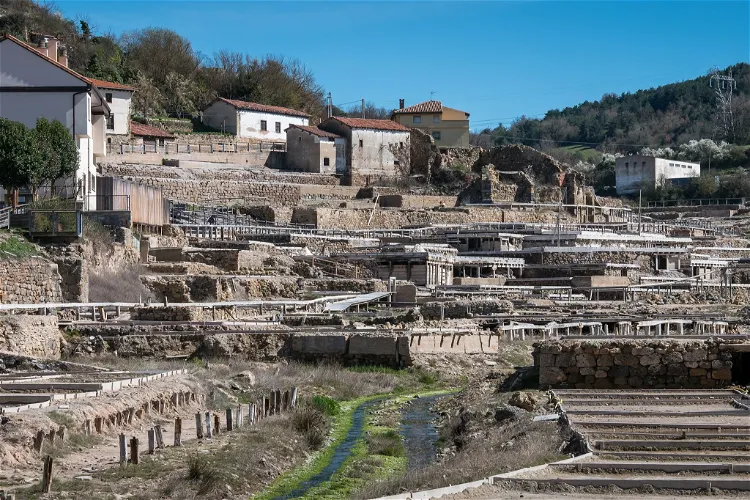
Salt Valley of Añana
AñanaThe Salt Valley of Añana, located in Salinas de Añana in the Basque Country of Spain, is an inland salt evaporation pond. The salty water from the valley emerges from four springs and is then diverted to numerous ponds where it is left to evaporate.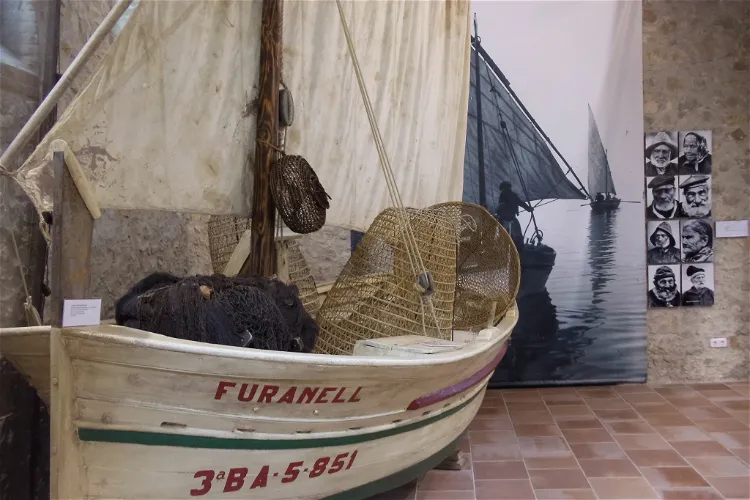
Anchovy and Salt Museum
l'EscalaThe Anchovy and Salt Museum is situated in the charming town of L'Escala, nestled in the region of Catalonia, Spain. This museum, which opened its doors to the public in 2006, offers visitors a unique insight into the cultural heritage of the village.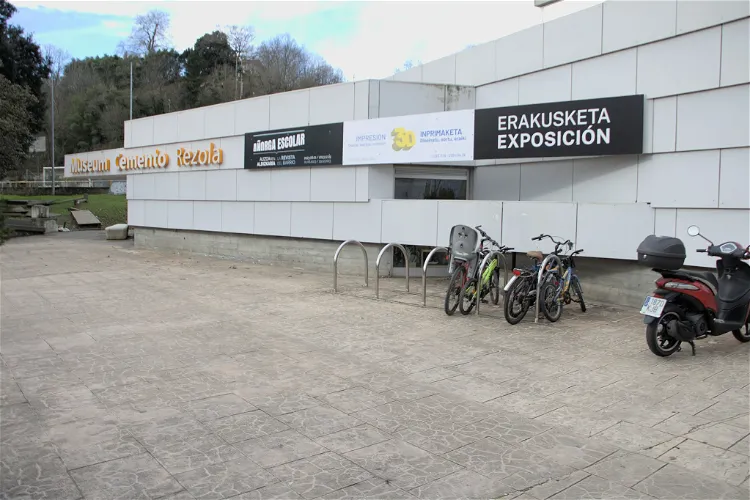
Rezola Cement Museum
AñorgaThe Museum Cemento Rezola offers an immersive experience that showcases the significance of cement in modern civilization. Visitors can explore this through a variety of mediums including audiovisuals, simulations, and interactive modules. This unique approach provides a comprehensive understanding of the material's role and its impact on our daily lives.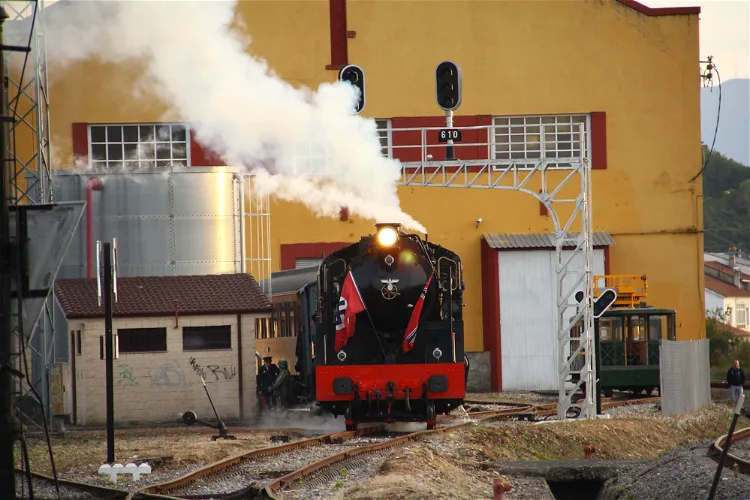
Galician Railway Museum
Monforte de LemosThe Galician Railway Museum, also known as MUFERGA, is situated in the city of Monforte de Lemos, in the province of Lugo. The museum was inaugurated in the year 2001 and has since been a significant site for railway history and heritage in Spain.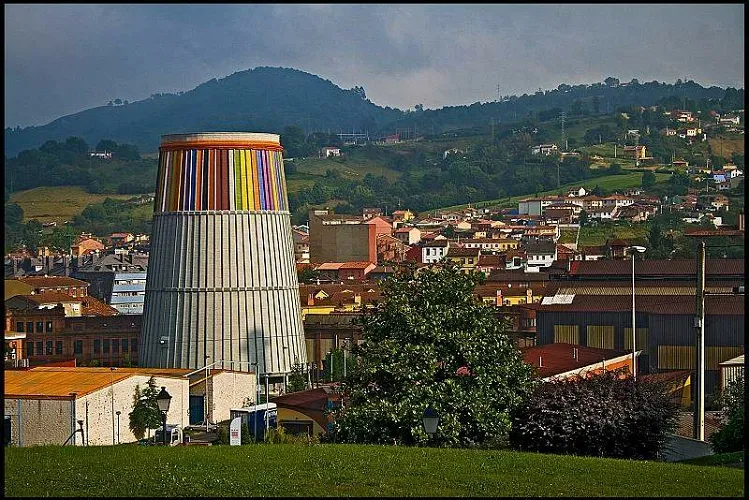
Iron and Steel Museum
LangreoThe Iron and Steel Museum of Asturias (MUSI) is a cultural center that was inaugurated in 2006. It is situated in La Felguera, within the council of Langreo in Spain. The museum is housed in part of the former La Felguera Factory, the first major integrated iron and steel plant built in Spain in the mid-19th century.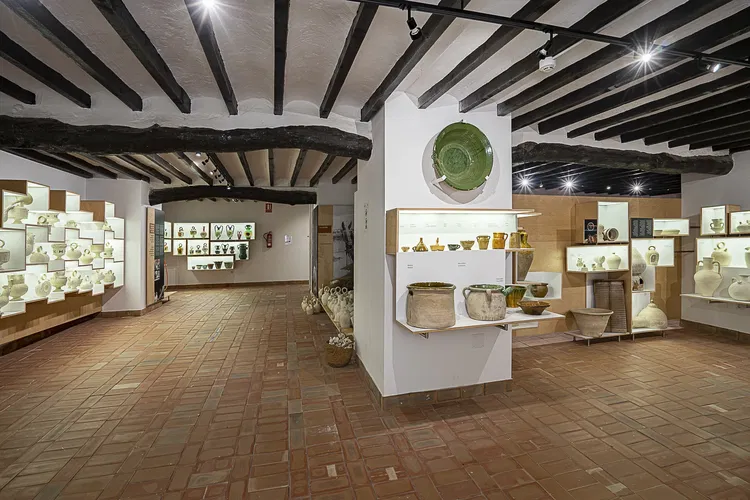
Agost Pottery Museum
AgostThe Museo de Alfarería in Agost, Alicante, Spain, has a rich history that dates back to 1981. It was established by German ethnologist Ilse Schütz, who owned and directed it for 19 years. In March 2000, the Agost City Council took over the personnel and maintenance costs of the museum, ensuring its continued operation and preservation.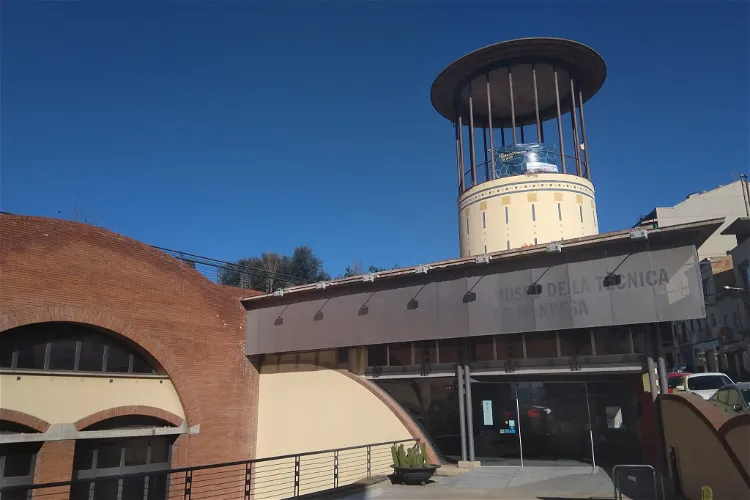
Technical Museum of Manresa
ManresaThe Technical Museum of Manresa is housed in the old tanks that once collected and stored water from the city's ditch. These tanks, built between 1861 and 1865, have been fully restored and now host a multipurpose room and two permanent exhibitions. The museum's location offers a unique insight into the city's history and its relationship with water.
The Light Factory. Energy Museum
PonferradaLa Fábrica de Luz. Museo de la Energía is a cultural and scientific leisure space located in Ponferrada, in the Bierzo region, province of León, autonomous community of Castilla y León, Spain. The museum is situated next to the Centenario Bridge, making it easily accessible for tourists. It offers a unique insight into the role of energy in human life over the centuries.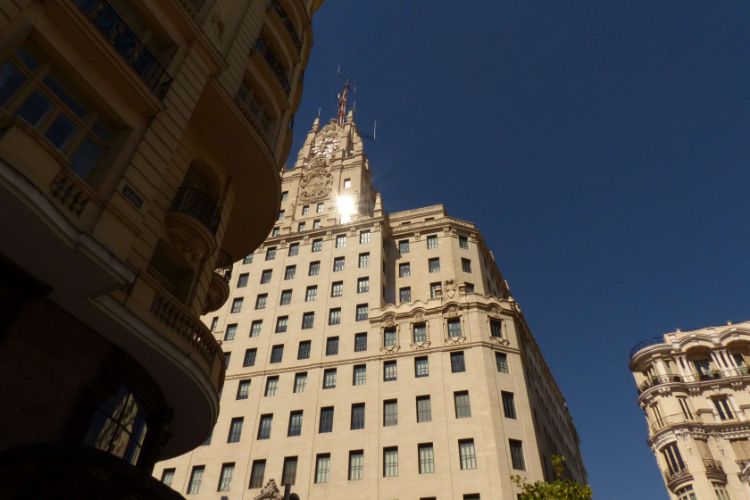
Espacio Fundación Telefónica
MadridThe Espacio Fundación Telefónica is a "space" in madrid that emerged from Telefónica Foundation’s desire to increase the spread of knowledge and to promote exhibitions, meetings and activities that connect innovation, creativity and technology with society. It includes 6,000 m² for exhibitions, conc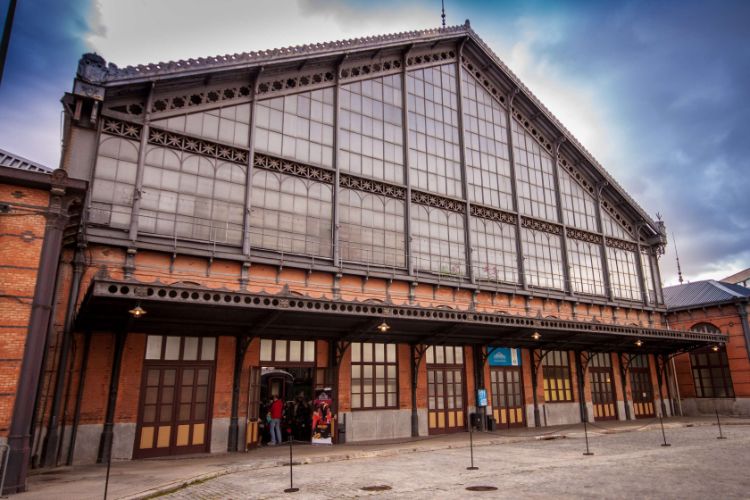
Madrid Railway Museum
MadridThe Madrid Railway Museum (Museo del Ferrocarril de Madrid) is a museum in Madrid that is located in a former railway station. The building itself is interesting, built in the Spanish industrial style. Inside the museum visitors can explore the fascinating world of trains and locomotives where the e
The Maritime Rescue Museum
Sant Feliu de GuíxolsThe Maritime Rescue Museum, situated in the port of Sant Feliu de Guíxols in the Baix Empordà region of Spain, is a historical site that was once a rescue shipwreck station. This unique museum offers visitors a glimpse into the maritime history of the region and the important role that the station played in rescue operations.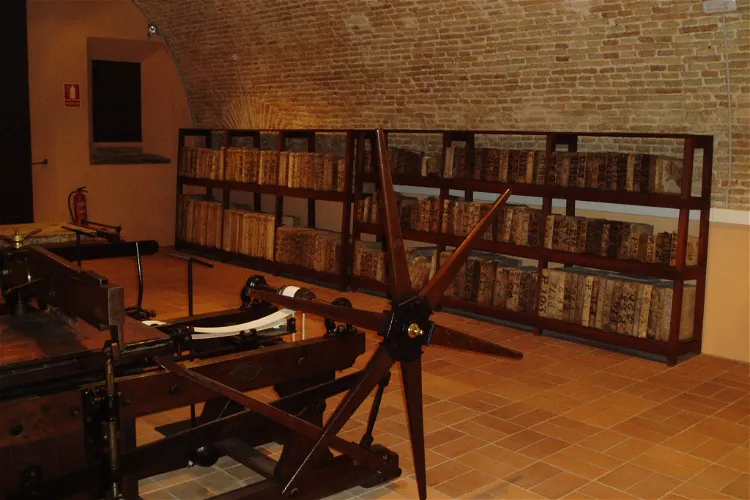
Lithographic Workshop Museum
CádizThe Lithographic Workshop Museum in Cádiz is a unique destination in Spain, being one of the few museums in the country dedicated to the art and history of lithography. This makes it a special place for those interested in this specific form of printmaking and its development in Spain.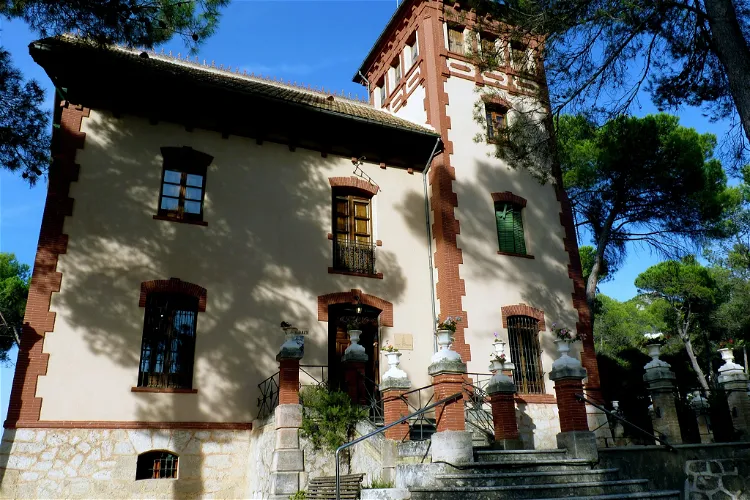
Valencian Paper Museum
BañeresThe Valencian Paper Museum, also known as Museo Valenciano del Papel, is a public museum situated in the city of Banyeres de Mariola, within the province of Alicante in the Valencian Community. This museum offers a unique insight into the history and process of papermaking, making it an interesting destination for those interested in history, industry, and craftsmanship.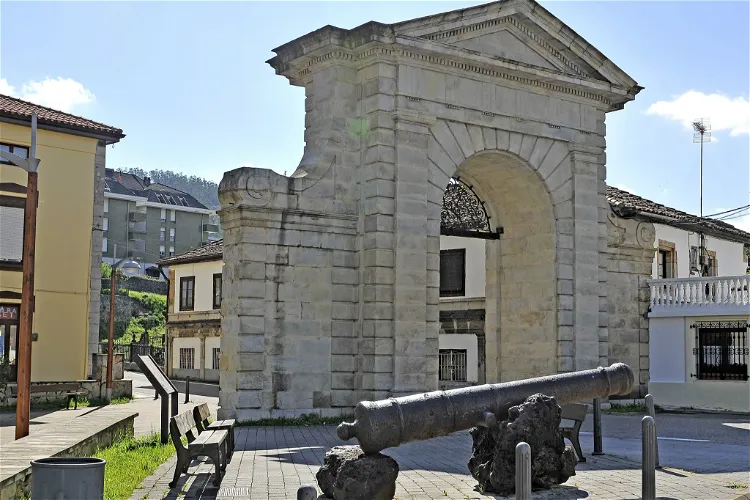
Royal Ordnance Factory Museum of La Cavada
RiotuertoThe Royal Ordnance Factory Museum of La Cavada is an exhibition space situated in the town of La Cavada, within the Autonomous Community of Cantabria in Spain. The museum offers a unique insight into the history of the cannon factory that was used by the Royal Spanish Navy and in the defense of the Empire.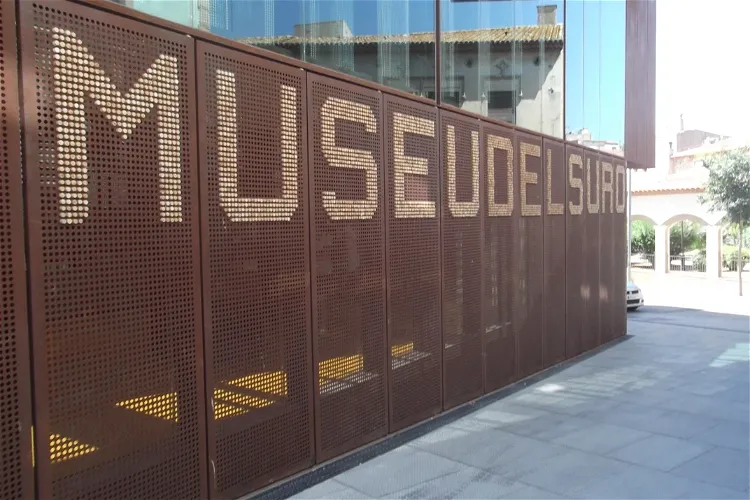
The Cork Museum
PalafrugellThe Cork Museum of Palafrugell, located in Spain, is a unique institution dedicated to the cork industry in Catalonia. It provides an in-depth look into the history and processes of this industry, offering visitors a chance to learn about the production of cork and its various uses. The museum is situated in a modernist factory, surrounded by a small cork forest, adding to the authenticity of the experience.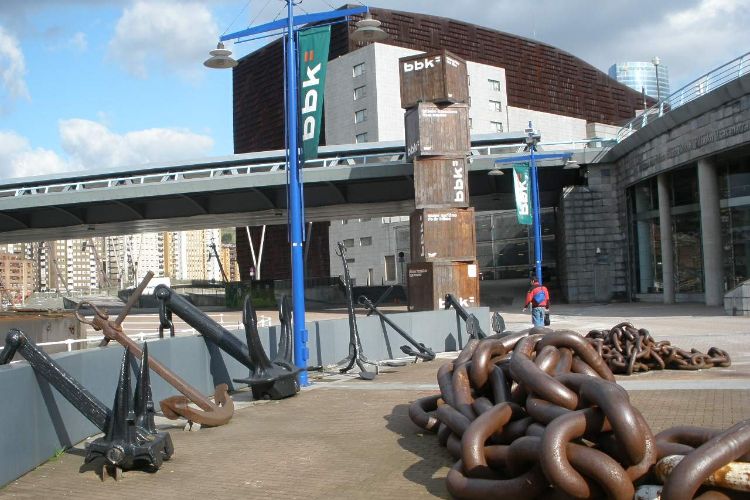
Museo Marítimo Ría de Bilbao
BilbaoMuseo Marítimo Ría de Bilbao (The Ría de Bilbao Maritime Museu, Bilboko Itsasadarra Itsas Museoa) is a museum in Bilbao. It is located on the site where the Euskalduna Shipyards were previously located, next to the Euskalduna bridge and the Euskalduna Palace. Museo Marítimo Ría de Bilbao aims to ill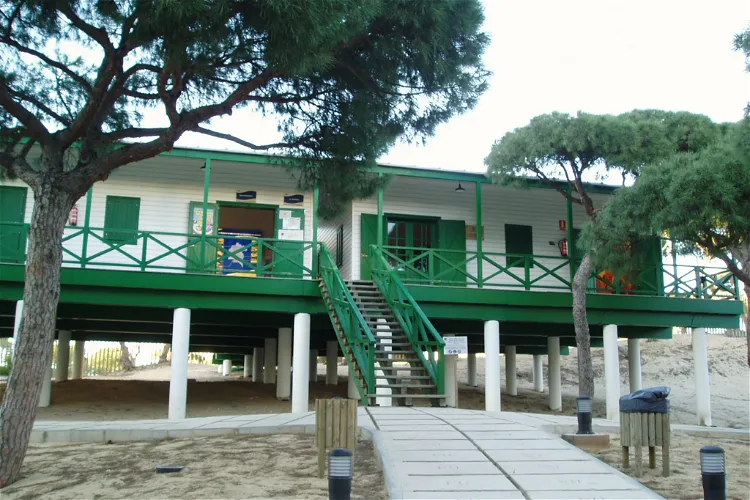
Casa Museo de los Ingleses
Punta UmbríaThe Casa de los Ingleses, also known as the English House Museum, is a museum building located in the Spanish municipality of Punta Umbría, in the province of Huelva. This museum is a reconstruction of the houses used by the directors of the Rio Tinto Company Limited during the summer season. It is situated at number 11 on Avenida Ciudad de Huelva.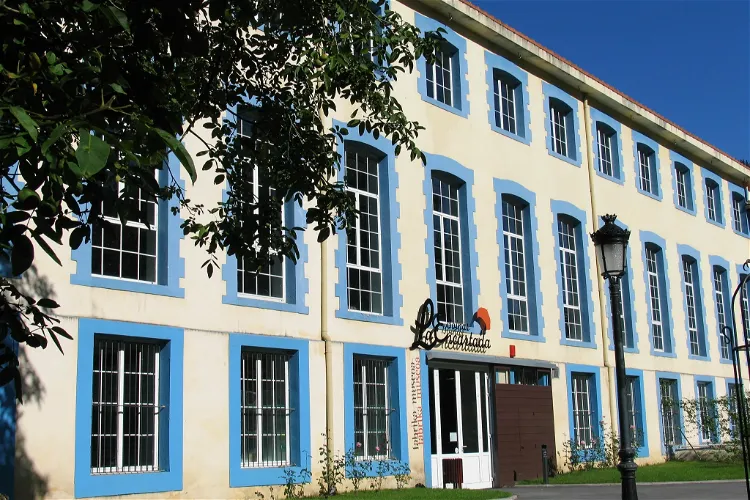
La Encartada Factory-Museum
ValmasedaLa Encartada Factory-Museum, located in the town of Valmaseda, was originally a beret factory that operated from 1892 to 1992. The factory has been converted into a museum and has been recognized as a cultural asset since 2002. This historical site offers a unique glimpse into the industrial past of the region.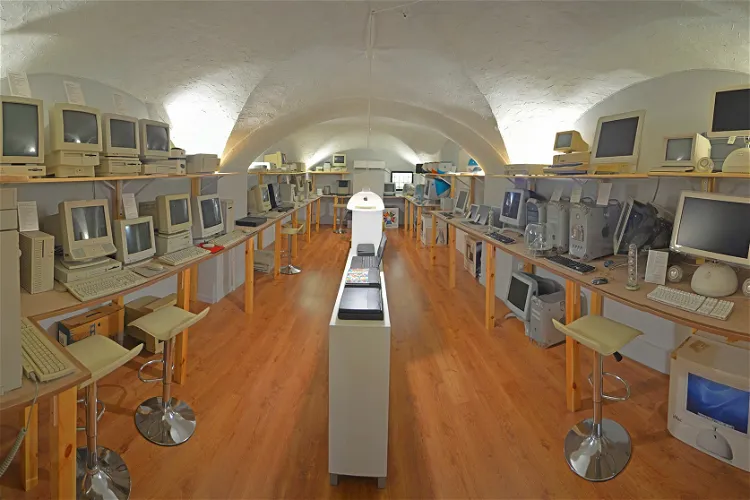
Museo de Historia de la Computación
CáceresThe primary objective of MuseoHC is to document, collect, reference, restore, and exhibit both analog and digital hardware and software. This allows visitors to gain a comprehensive understanding of the origin of the information revolution. This is a key point of interest for tourists who are interested in the history and evolution of computing.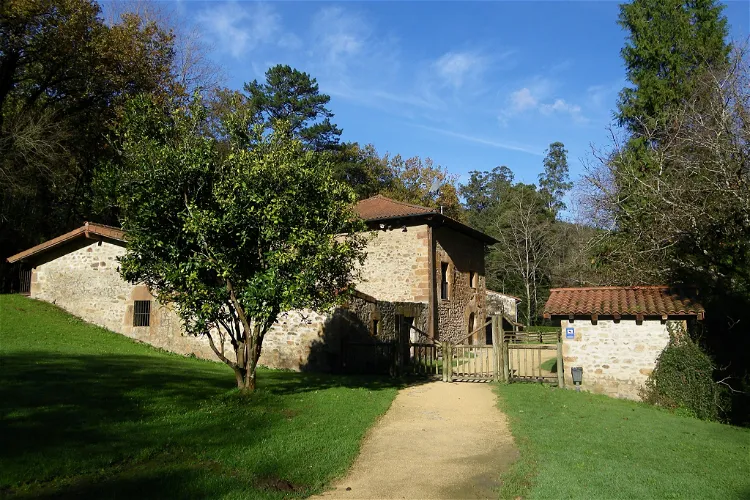
Ferrería El Pobal
MusquesThe Monumental Complex of La Ferrería de El Pobal is a comprehensive showcase of historical architecture and industrial facilities. It includes a 16th-century House-Tower in late Gothic style, a mill, a canal, a hydraulic tunnel, and a workshop equipped with a hammer, anvil, and foundry furnace. Additionally, there are offices, a forge, coal storage, warehouses, stables, two bread ovens, and an old bridge. The surroundings feature a small bamboo forest, adding a touch of natural beauty to the historical site.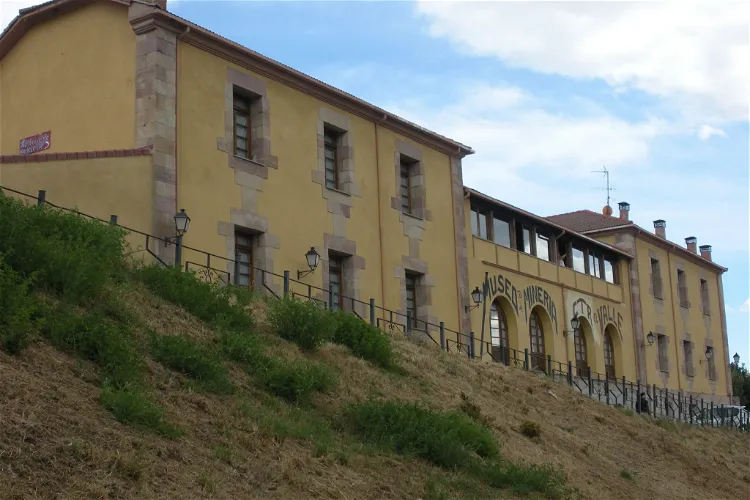
Centro de Interpretación de la Minería
Barruelo de SantullánThe Centro de Interpretación de la Minería is a unique complex located in Barruelo de Santullán, Spain. It comprises a mining museum, a visitable coal mine, and a cultural center. This combination provides a comprehensive insight into the history and workings of mining, making it an interesting destination for those interested in industrial heritage.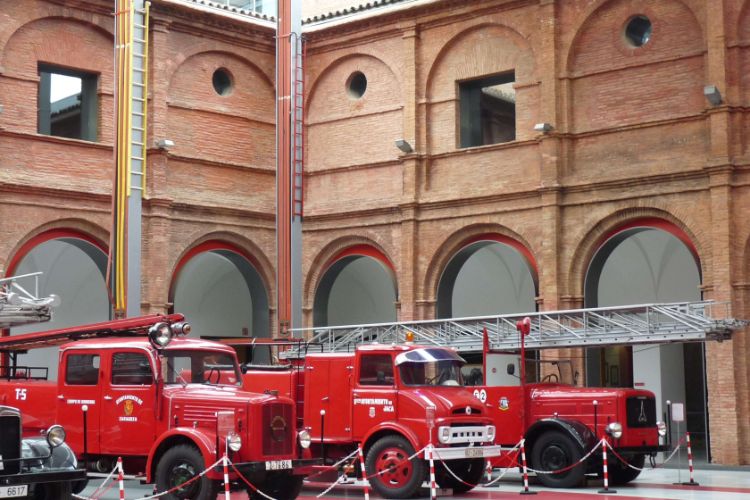
Museo del Fuego y de los Bomberos
ZaragozaMuseo del Fuego y de los Bomberos is a museum in Zaragoza that is dedicated to fire and firemen that is housed in the former convent of Franciscanos Mínimos de la Victoria of the sixteenth century. The building still functions as a fire station, but also as the history museum in which the advances i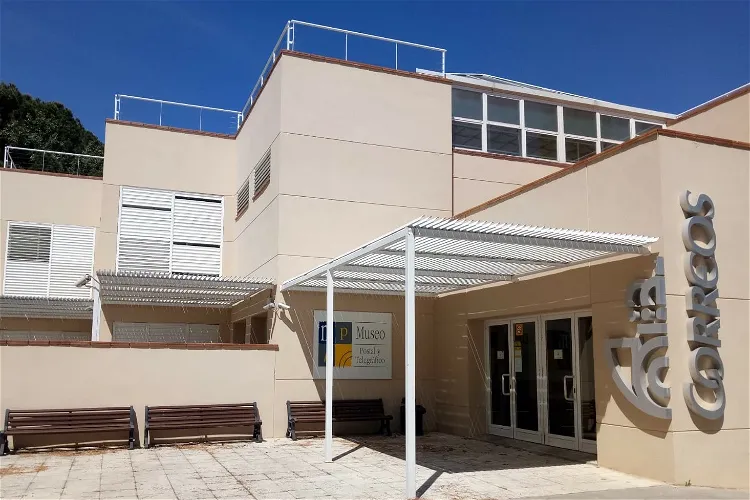
Museo Postal y Telegráfico
HúmeraThe Museo Postal y Telegráfico, located in Madrid, Spain, provides a comprehensive look into the history, origin, and evolution of postal and telegraphic communications. It also delves into the history of philately, showcasing stamps from Spain and the world dating back to the late 18th century. Additionally, the museum features exhibits on telephony, with pieces from the 19th and 20th centuries.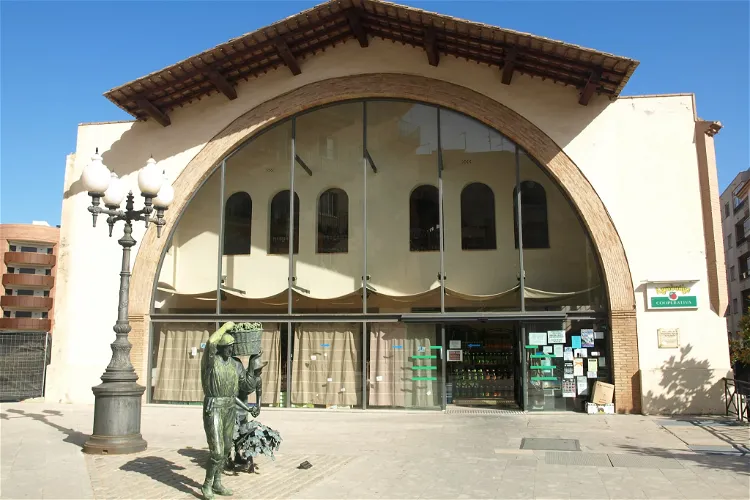
Cambrils Agricultural Museum
CambrilsThe Cambrils Agricultural Museum, previously known as the Agricultural Union Winery, is a significant site in the Spanish city of Cambrils. It is recognized in the Inventory of Architectural Heritage of Catalonia, which adds to its historical and cultural value. The museum is housed in a building that was once a cooperative winery, and it showcases the process of wine and olive oil production in its original context.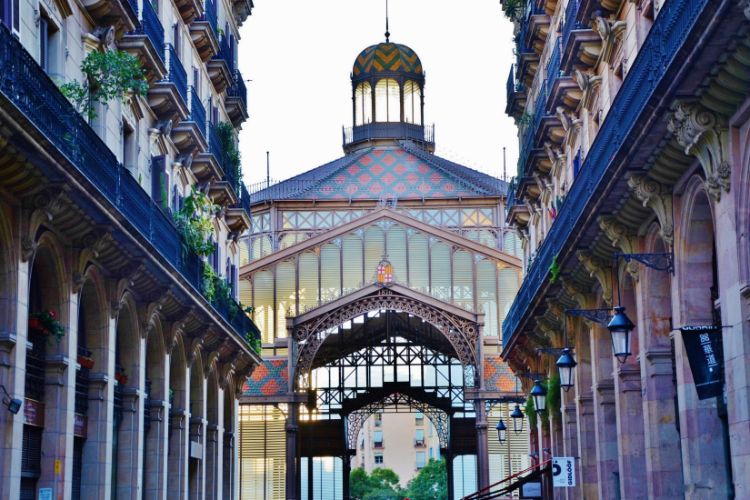
Mercat del Born
BarcelonaMercat del Born was a public market and one of the most important buildings in Barcelona. The construction with iron that marked the start of Modernisme in Catalan architecture. is the largest covered square in Europe.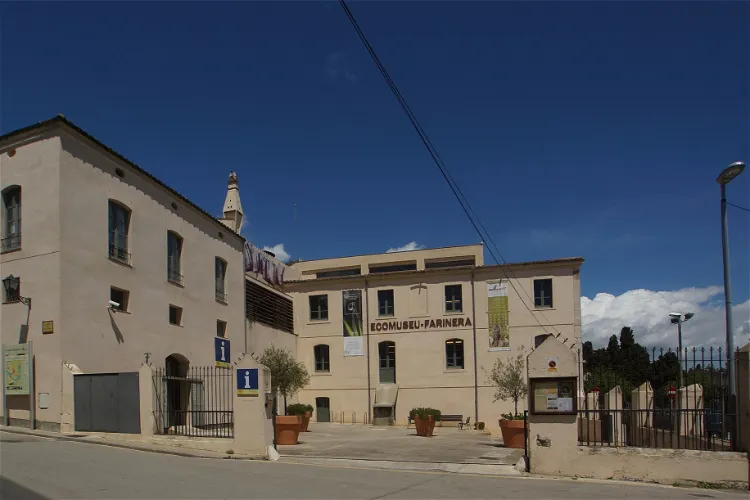
Ecomuseum Flour Mill
Castelló d'EmpúriesThe Castelló d'Empúries Flour Mill and Eco-Museum is a historical site that was operational from the late 19th century to the first half of the 20th century. The factory was constructed on the remnants of three medieval flour mills, adding a layer of historical depth to the location. Visitors can explore the site and gain insights into the industrial past of the region.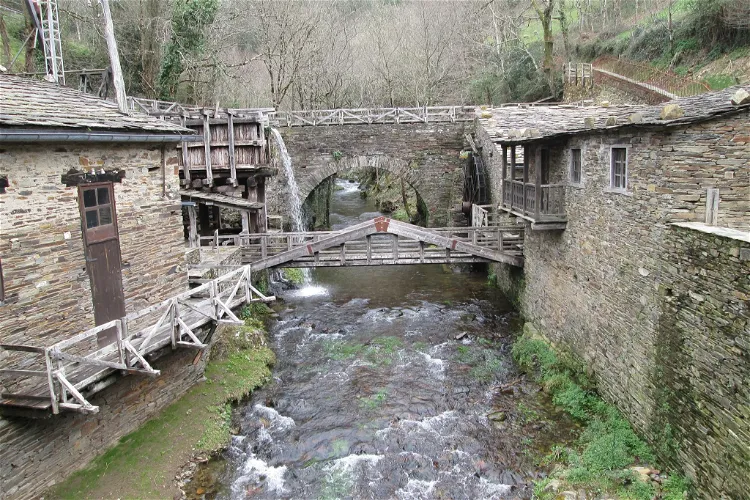
Mills Museum Mazonovo
TaramundiThe Mills Museum in Mazonovo, Taramundi, Asturias, is a unique institution dedicated to showcasing various types of mills, including grain mills, water mills, and manual mills. Visitors can explore the evolution and technological advancements of these mills over time, providing a fascinating insight into the history of milling.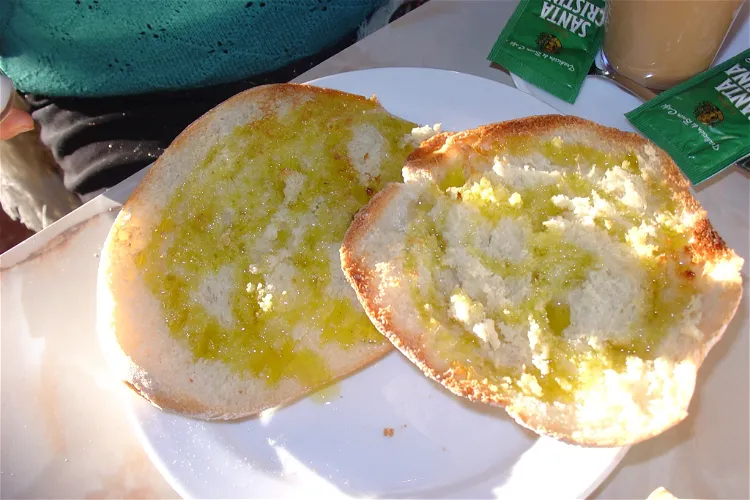
Hojiblanca Oil Museum
AntequeraThe Hojiblanca Oil Museum, situated in the historic city of Antequera in Malaga, Spain, is home to a vast collection of olive oil utensils. This museum provides a unique opportunity for visitors to delve into the rich history and tradition of olive oil production in the region.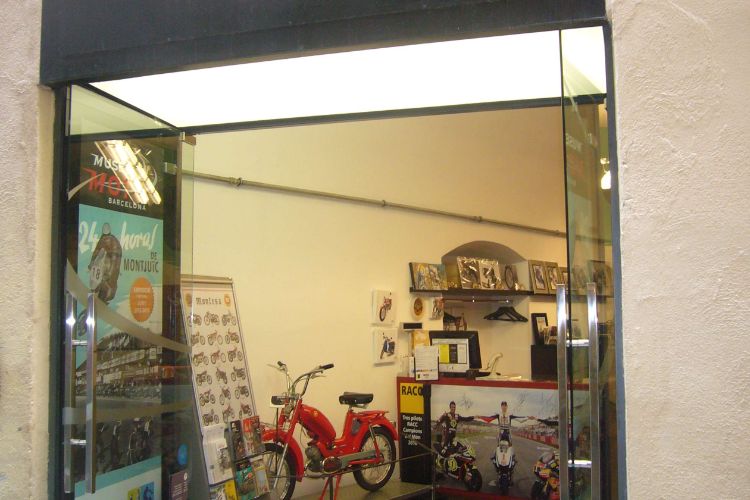
Barcelona Motorcycle Museum
BarcelonaThe Barcelona Motorcycle Museum displays a collection of international and national motorcycles, from 1902 till 2006, with various prototypes and unique objects.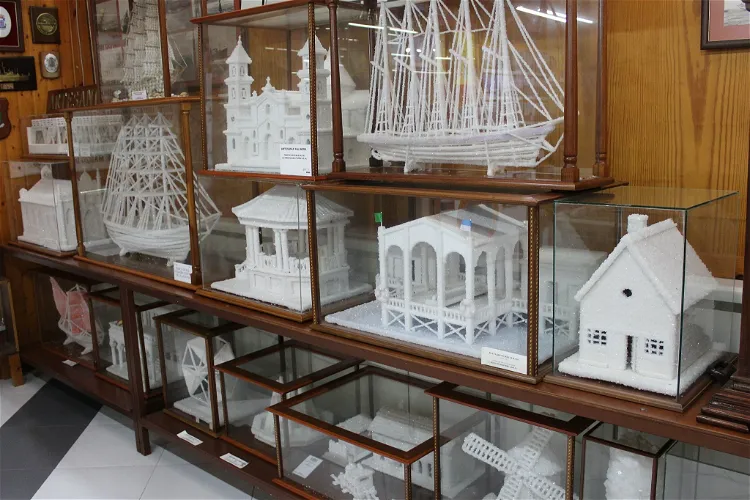
Sea and Salt Museum
TorreviejaThe Sea and Salt Museum in Torrevieja, located in the province of Alicante, Spain, is an ethnological museum that was inaugurated in 1995. It is dedicated to the maritime and salt heritage of Torrevieja, showcasing the city's rich history and culture. The museum's exhibits provide a deep insight into the city's past, making it a fascinating destination for those interested in history and culture.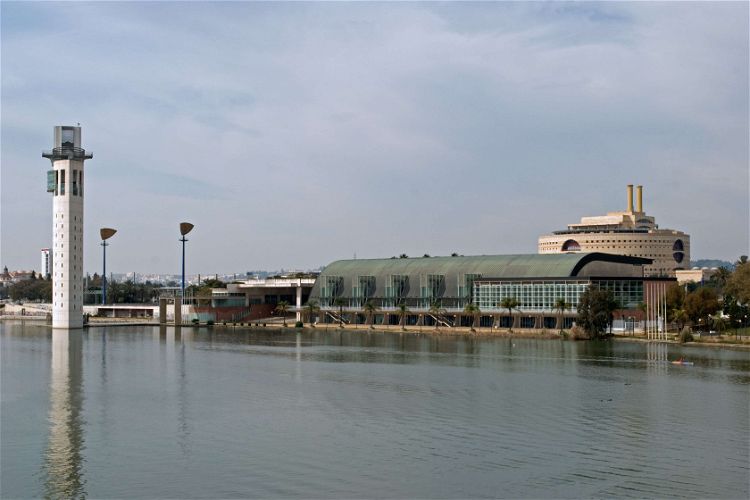
Navigation Pavilion
SevilleThe Pavilion of Navigation (Pabellón de la Navegación - Sevilla) is a pavilion built for the Universal Exhibition of Seville in 1992, designed by the Sevillian architect Guillermo Vázquez Consuegra. Since 2012, the building houses a museum that dedicated to the evolution of Atlantic navigation.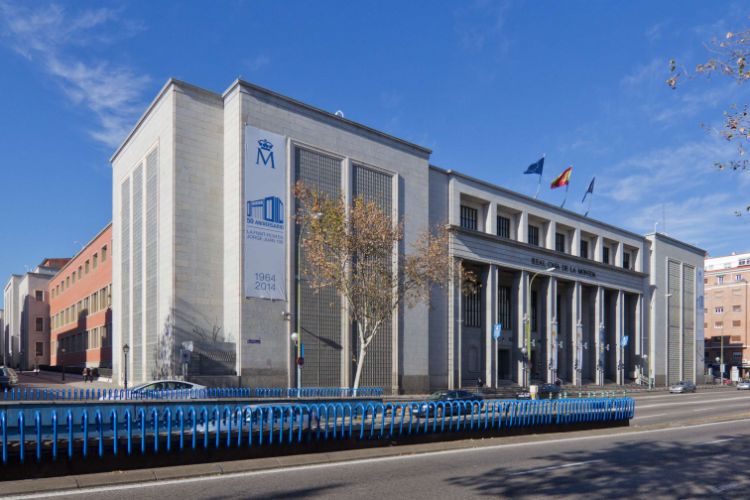
Museo Casa de la Moneda
MadridMuseo Casa de la Moneda (The Museum of the Royal Mint) is a museum in Madrid that holds and exhibits the collection of the Spanish Royal Mint. The numismatic collection starts from its origins, passing through Greece, Rome, Hispania, the Middle Ages, the Catholic Monarchs, the House of Austria and t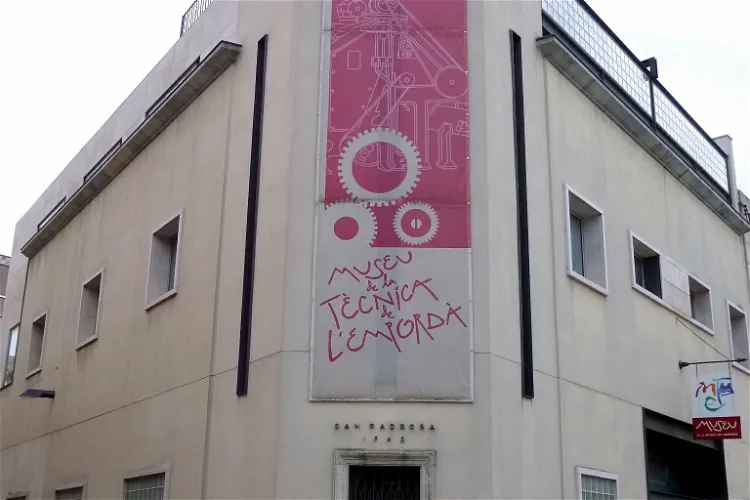
Technical Museum of the Empordà
FigueresThe Technical Museum of the Empordà is a unique destination for technology enthusiasts. Located in the Catalan city of Figueres, in the province of Alt-Empordà, Spain, the museum offers a deep dive into the world of machines and technology. It's a great place to explore and learn about the evolution of technology over the centuries.
Museo de la Biblioteca Nacional
MadridThe Biblioteca Nacional de España is the National Library of Spain, located in Madrid. It is a major public library and the largest in Spain and even one of the largest in the world. The Museum of the National Library of Spain (Museo de la Biblioteca Nacional ), formerly the Museum of the Book, is r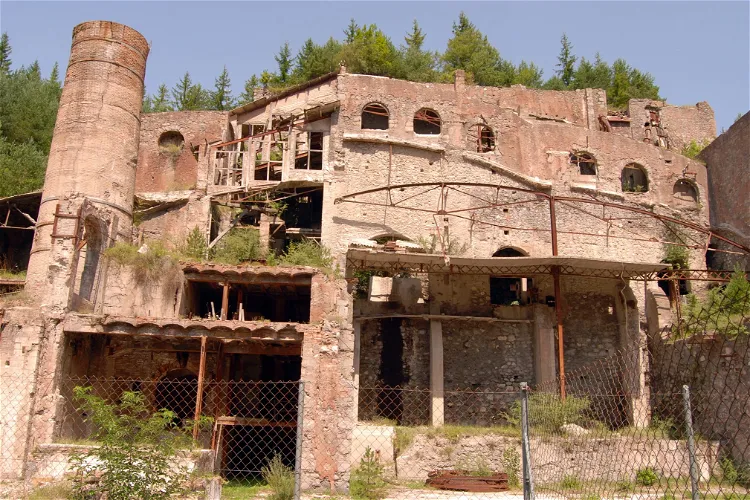
Castellar de n'Hug Cement Museum
Castellar de n'HugThe cement factory that used to employ the entire region was transformed into a captivating museum. Visit to learn more about industrial past.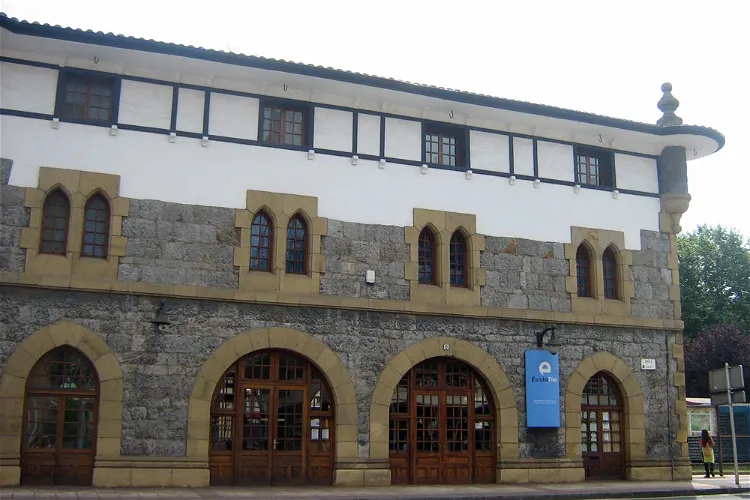
Basque Railway Museum
AzpeitiaThe Basque Railway Museum is situated in the station, garages, and workshops of the former Urola railway in the town of Azpeitia, in the Basque Country, Spain. This location provides a unique setting for the museum, offering visitors a chance to explore the historical railway infrastructure.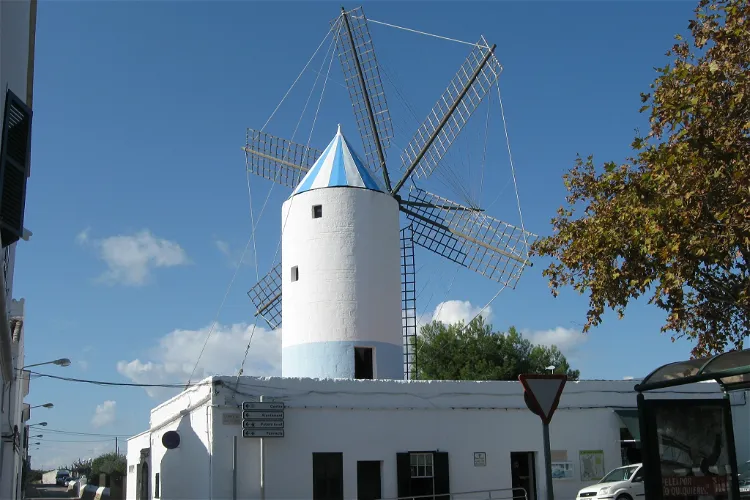
Moli de Dalt Ethnological Museum
San LuisMuseum is a souvenir of the three windmills that were major landmarks in the town. Open all year.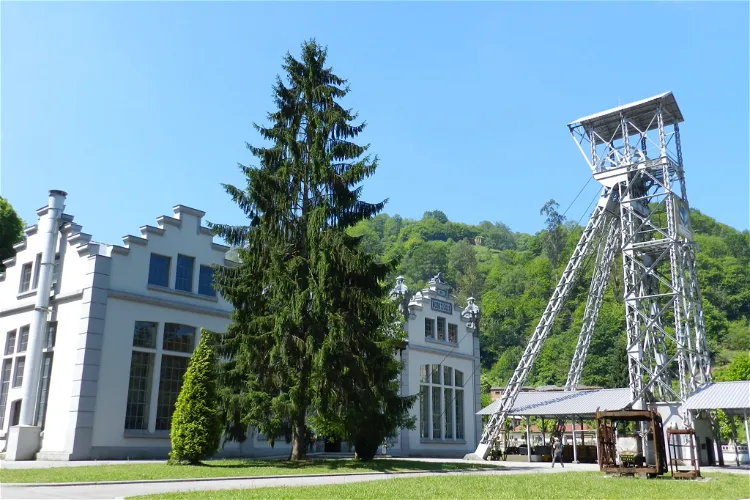
Samuño Valley Mining Ecomuseum
LangreoThe Samuño Valley Mining Ecomuseum is a unique attraction located in the Asturian mining basins in the council of Langreo, Spain. This museum offers a comprehensive insight into the history and operations of mining in the region. It is a perfect destination for those interested in industrial heritage, mining history, and ecological conservation.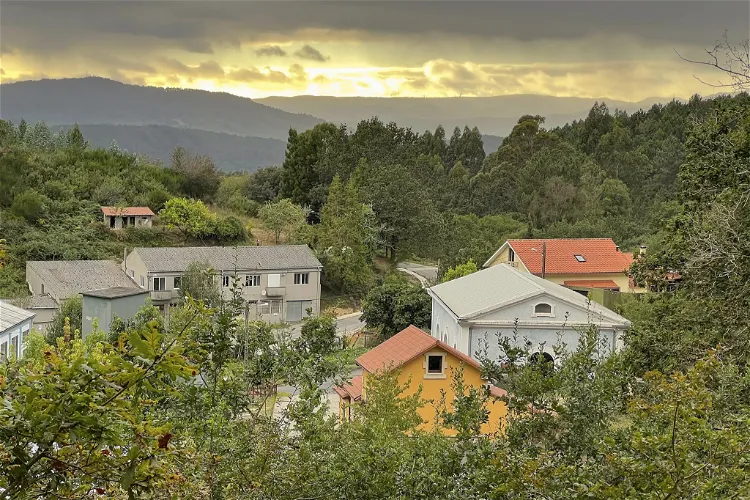
Centro de Interpretación das Minas de San Finx
CruídoThe San Finx mines, or As Minas de San Fins as they are officially known, are a significant historical site located in the parish of Vilacoba, within the municipality of Lousame in the province of La Coruña, Galicia, Spain. This location is easily accessible and offers a unique insight into the region's mining history.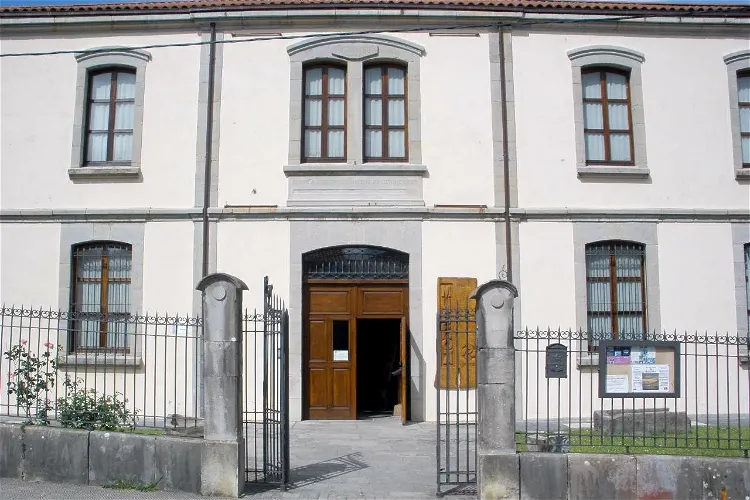
Artziniega’s Ethnographic Museum
ArceniegaThe Artziniega Ethnographic Museum, situated in the town of Arceniega in the province of Alava, was initiated in 1977 by a group of young individuals who organized an exhibition of antique objects. This event was a success and served as a stimulus for the systematic collection of items related to the trades known in the Arceniega area and its region, with the idea of preparing a permanent exhibition.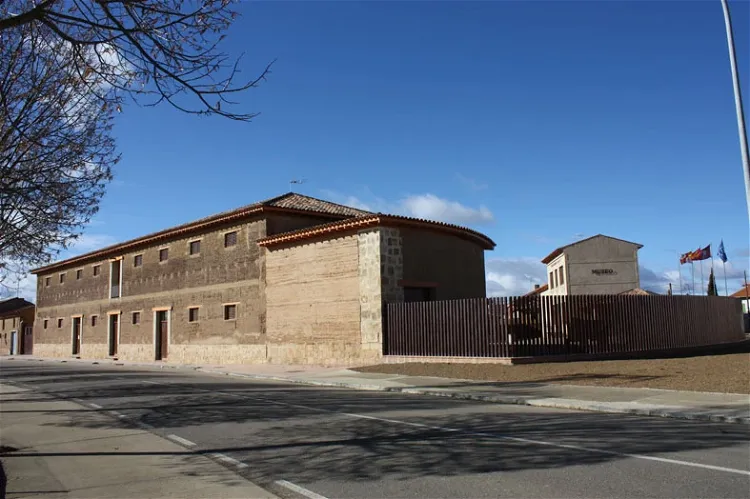
Museo de la Industria Harinera de Castilla y León
ValderasThe Museo de la Industria Harinera de Castilla y León, also known as MUHACALE, is a cultural institution located in Gordoncillo, León, in the autonomous community of Castilla y León, Spain. The museum was inaugurated in 2014 and offers visitors a glimpse into the region's industrial past.
MUHBA Oliva Artés
BarcelonaThe Oliva Artés Hall is part of the MUHBA Museum of History of Barcelona. Located in a former factory where engines were produced in the heart of Poblenou’s industrial district, the exhibition illustrates the city’s urban and social growth over the years.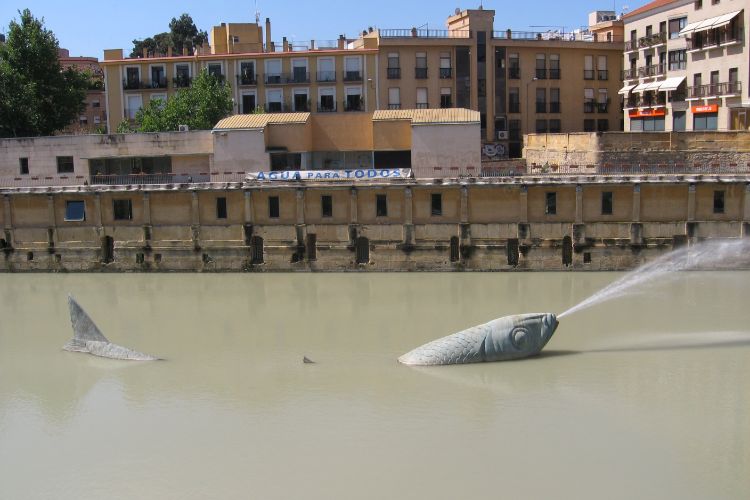
Espacios Molinos del Rio Caballeriza - Museo Hidraúlico
MurciaEspacios Molinos del Rio Caballeriza - Museo Hidraúlico (also The Hydraulic Museum of the Molinos del Río Segura) is located in the city of Murcia. The historic building of the mills, from the 18th century, underwent a renovation to be adapted into a museum by Juan Navarro Baldeweg. It shows the fac
Museo Minero de Andorra
AndorraThe Museo Minero de Andorra-Sierra de Arcos, more commonly known as MWINAS, is a museum situated in the Spanish municipality of Andorra, within the province of Teruel, in the autonomous community of Aragon. This museum offers a unique and dynamic space for visitors, with a focus on the history and impact of coal mining in the region.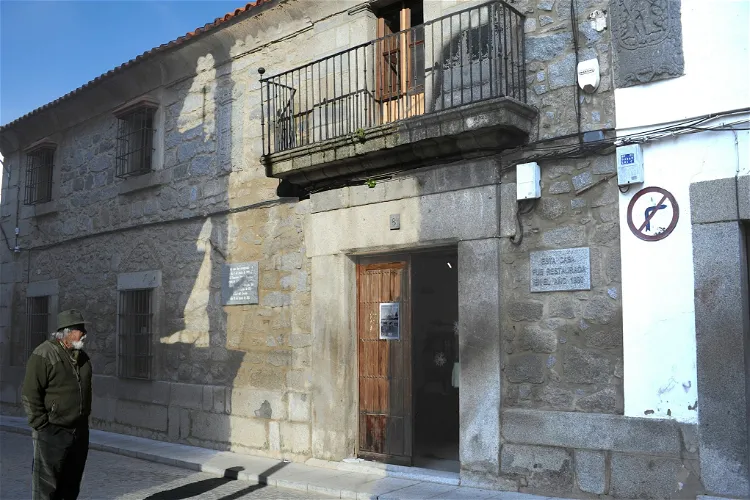
Museo del Granito
Quintana de la SerenaThe Museo del Granito in Quintana de la Serena, Extremadura, Spain, offers an insightful exhibition about the geology of granite. Visitors can learn about the extraction, transformation, and various uses of this versatile stone. The museum also displays both ancient and modern tools used by quarry workers, as well as a representative sample of regional and national granites.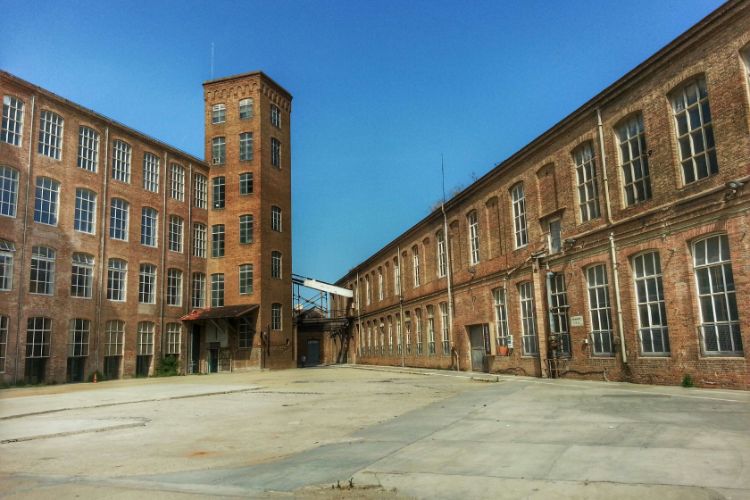
MUHBA a Fabra i Coats
BarcelonaMUHBA a Fabra i Coats is an old industrial building that was transformed into a cultural center.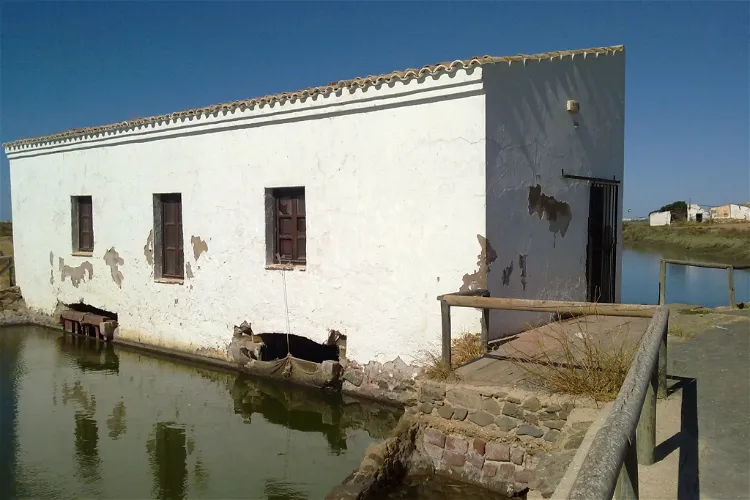
Eco-Museum Molino el Pintado
AyamonteEl Molino de El Pintado is a significant historical site located in the province of Huelva, Andalusia, Spain. It is recognized as the main and best preserved tidal mill in the region. This mill offers a unique glimpse into the past, showcasing the ingenious use of tidal power for milling operations.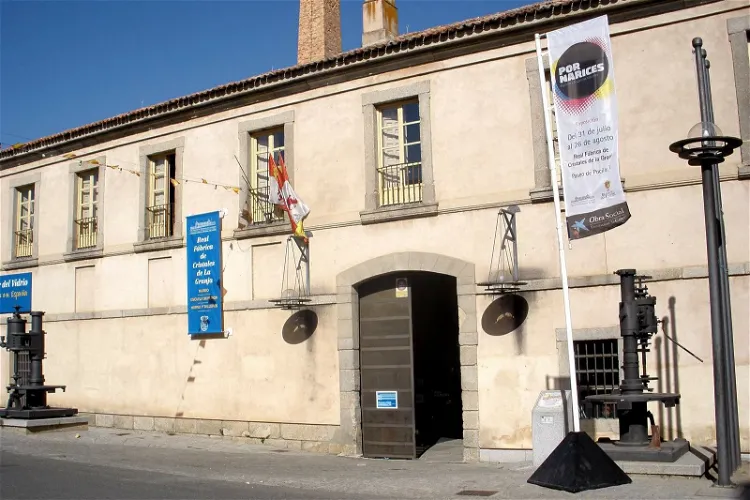
Royal Glass Factory of La Granja
RascafríaThe Royal Factory of Glass and Crystal of La Granja, also known as the Real Fábrica de Cristales de La Granja, is a historic glass factory located in San Ildefonso, near Segovia in Spain. It was established in the year 1727 by Philip V of Spain, making it a significant part of the country's industrial history. The factory was initially set up to produce float glass for the windows and mirrors of the Royal Palace of La Granja de San Ildefonso, which was under construction during the 1720s.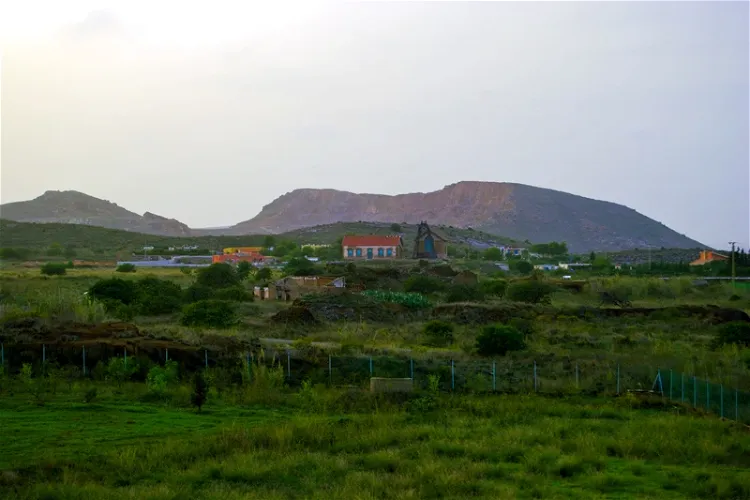
Centro de Interpretacion de la Mina Las Matildes
CartagenaThe Centro de Interpretación de la Mina Las Matildes is a unique cultural space located in the El Beal district of Cartagena, Spain. This pioneering center in the Region of Murcia offers visitors an educational and enjoyable way to explore the traces left by over 2000 years of mining history in the landscape, heritage, and environment of the Sierra Minera de Cartagena-La Unión.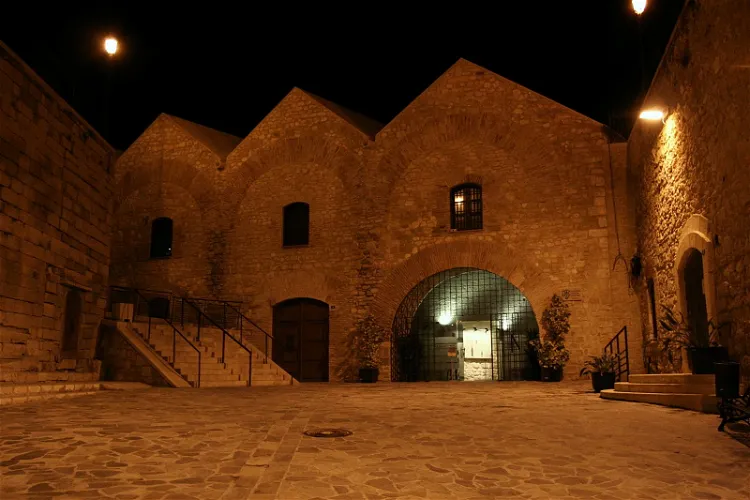
Ethnographic Museum of Amazigh and Sephardic Cultures
MelillaThe Museum of Popular Arts and Customs of Melilla is situated in a historic location, the old Weapons Room of San Juan, within the First Fortified Enclosure of Melilla La Vieja. This location adds a layer of historical significance to the museum, making it a fascinating destination for those interested in the rich history of Melilla.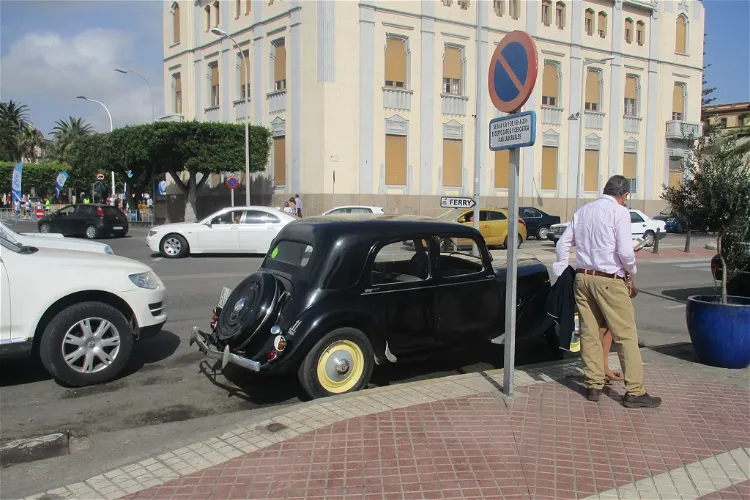
Museo del Automóvil de Melilla
MelillaThe Museo del Automóvil de Melilla is situated in the Spanish city of Melilla. Specifically, it is located at Falangista Bettschlag street, number 19. The museum is housed in a building that was formerly a factory for candles, bleach, and soap. This location adds a unique historical charm to the museum.
Lérida Automotive Museum
LleidaThe Lérida Automotive Museum, located in the city of Lérida, is a municipal institution that focuses on the world of automotive. It specializes in the display and preservation of old vehicles, providing a unique insight into the history and evolution of the automotive industry. Visitors can expect to see a wide range of vintage cars and other vehicles, each with its own story to tell.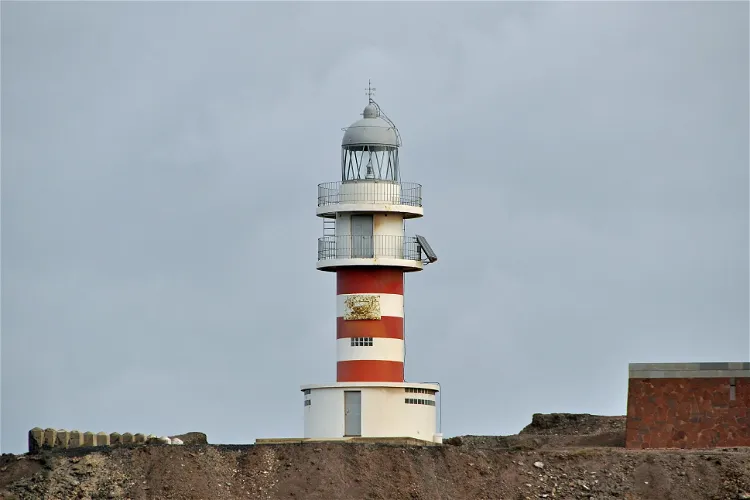
Punta de Arinaga Lighthouse
AgüimesThe Punta de Arinaga Lighthouse is an active lighthouse located on the Spanish island of Gran Canaria, part of the Canary Islands. It is situated on the rocky headland of Punta Arinaga, near the town of the same name in the municipality of Agüimes. The lighthouse marks the coastline between the Maspalomas lighthouse to the south and the Punta de Melenara lighthouse of Telde to the north.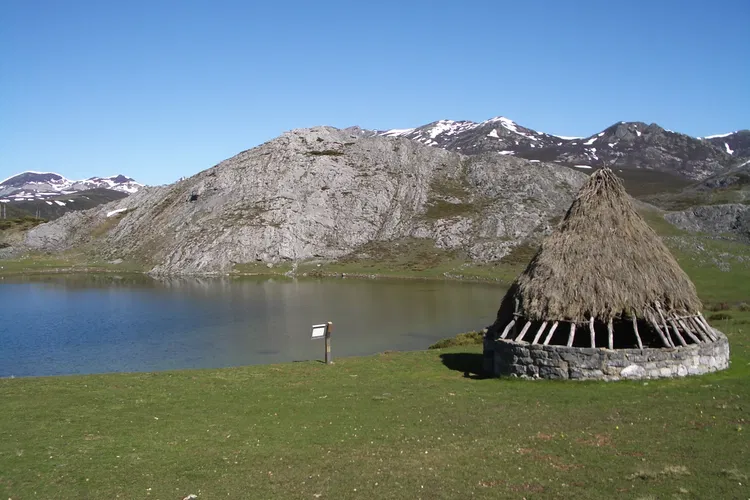
Livestock crush
RiañoA potro de herrar is a structure traditionally used in rural Spain to hold horses, donkeys, or even cows in place for shoeing or treatment. This structure is typically composed of four vertical posts made of stone or wood, supporting wooden beams that allow the animals to be properly tied. The various parts of the potro include a yoke with straps for the animal's neck, hooks for the straps or cords that pass under the animal's belly, and a lever that is passed in front of the hind legs under the belly of the animal and is fitted on both sides to the rear posts.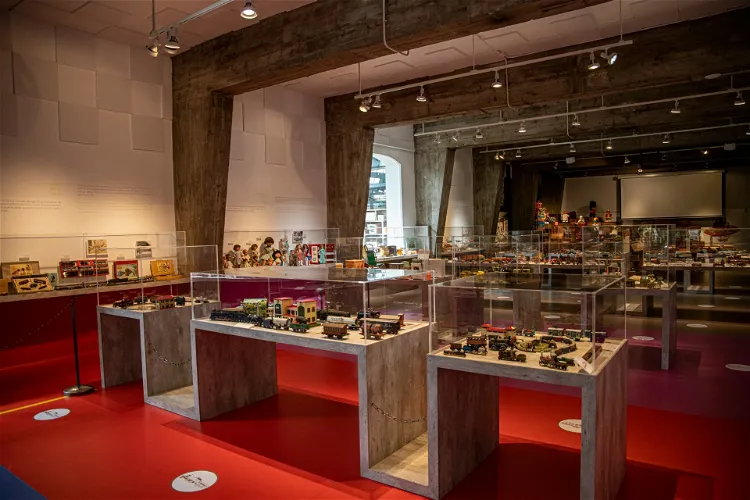
Valencian Toy Museum
IbiThe Valencian Toy Museum, also known as Museo Valenciano del Juguete, is situated in the city of Ibi, within the Province of Alicante in the Autonomous Region of Valencia. This museum is a significant cultural landmark that showcases the rich history of toy manufacturing in the region.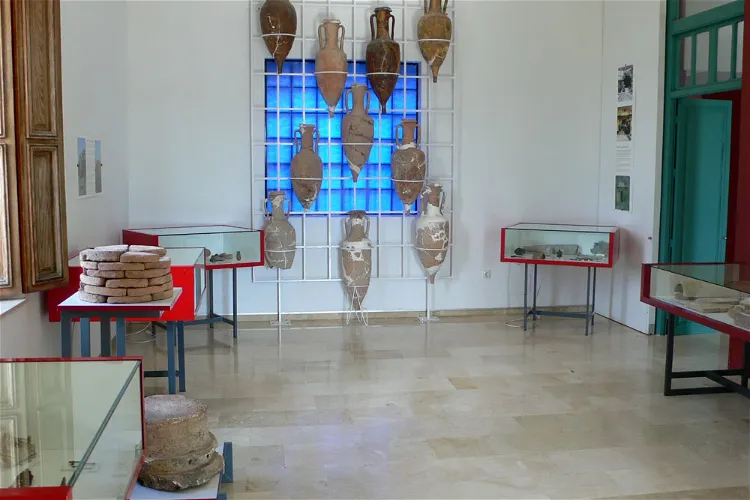
Portman Archaeological Museum
La UniónThe Portman Archaeological Museum is a small museum nestled in the village of Portman, which is part of the Region of Murcia. This location offers visitors a chance to explore the rich history of the area while enjoying the charm of the village.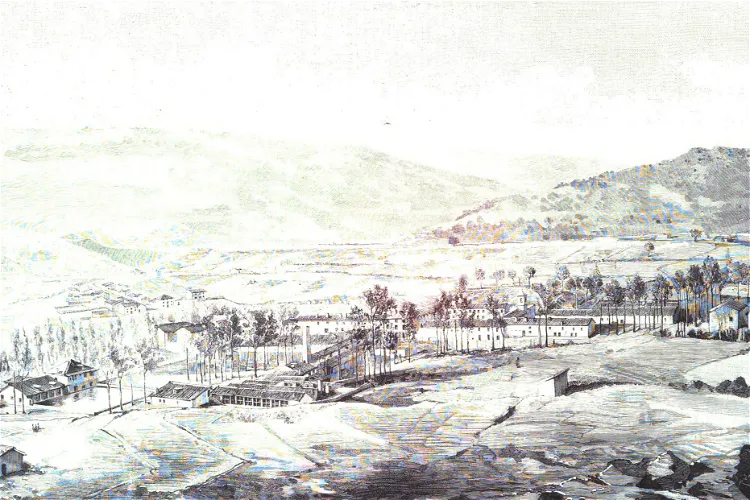
Museum of the Royal Factories of San Juan de Alcaraz
RióparThe Royal Factories of Bronze and Brass of San Juan de Alcaraz, located in the Sierra de Alcaraz, were established in 1773 by the Viennese engineer Juan Jorge Graubner. Graubner was drawn to the area by the existence of a calamine mine, a mineral from which zinc is extracted. This zinc was then melted with copper to create the alloy known as brass, which was the primary product of these factories.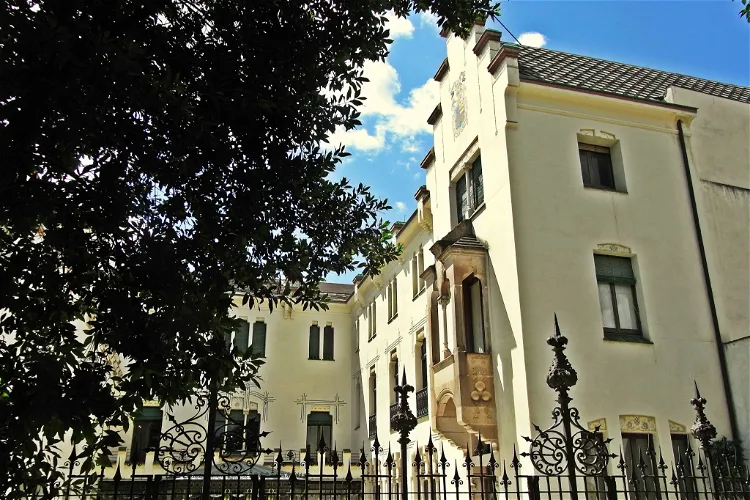
Casa Alegre De Sagrera
TerrassaLa Casa Alegre de Sagrera is a museum building located at Font Vella Street, number 29, in Terrassa, province of Barcelona. Originally, it was the manor house of Joaquim de Sagrera, a textile manufacturer from the late 18th and early 19th centuries, who played a significant role in the Spanish War of Independence. Despite dating from the beginning of the last century, its current appearance is the result of a modernist reform carried out by Melcior Viñals, a municipal architect, at the beginning of the 20th century.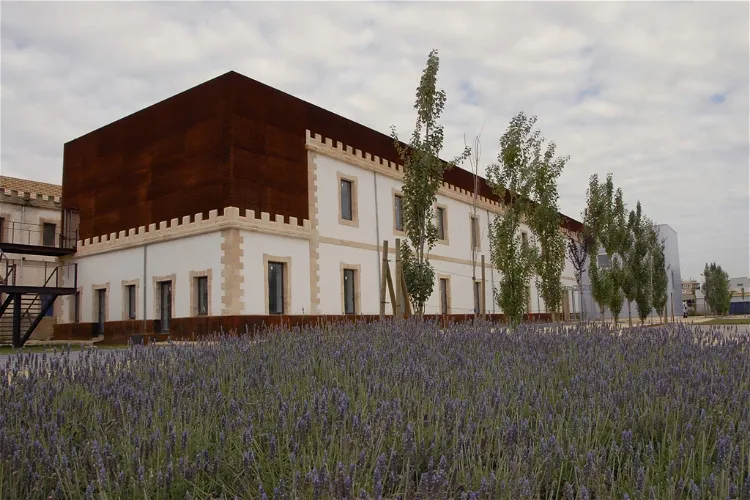
Museum of Footwear and Industry
IncaThe Museum of Footwear and Industry, located in the Spanish city of Inca in the Balearic Islands, provides a comprehensive history of the shoe and its auxiliary industries on the island of Mallorca. The museum's exhibits span from the 13th century to the present day, offering visitors a unique insight into the evolution of footwear and its related industries over the centuries.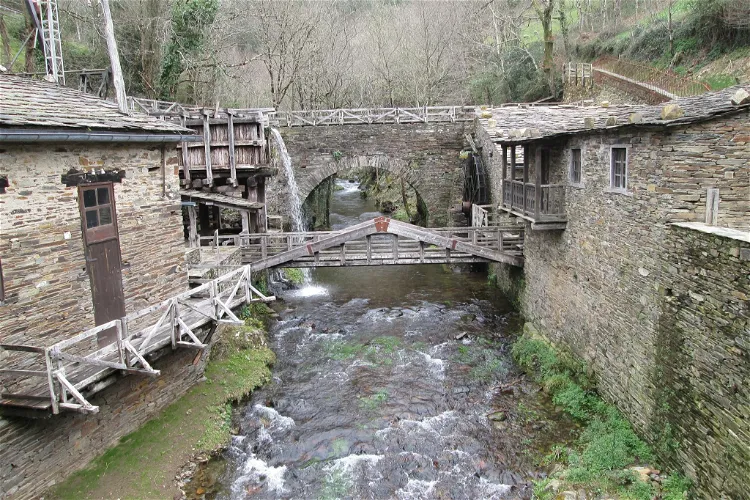
Mazonovo Ethnographic Ensemble
Santa Eulalia de OscosMazonovo, once a town, is now a museum located in the municipality of Taramundi, Asturias, Spain. This transformation from a town to a museum is a testament to the rich history and cultural heritage of the region. Visitors can explore the museum to learn about the area's past and its connection to the iron products' region of the Oscos - Eo rivers.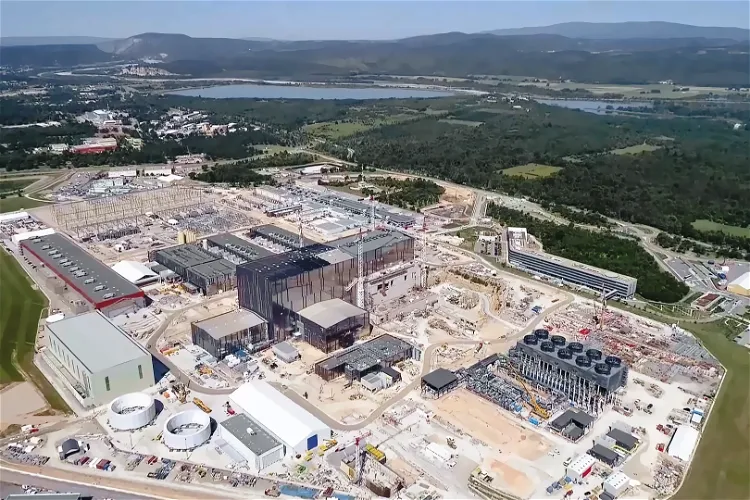
Instituto Tecnológico y de Energías Renovables
Granadilla de AbonaThe ITER is divided into three main areas: Renewables, Engineering, and Environment. It has several facilities that are dedicated to disseminating information about its activities and the various fields it investigates. This makes it a great place for tourists interested in renewable energy and environmental studies to learn more about these topics.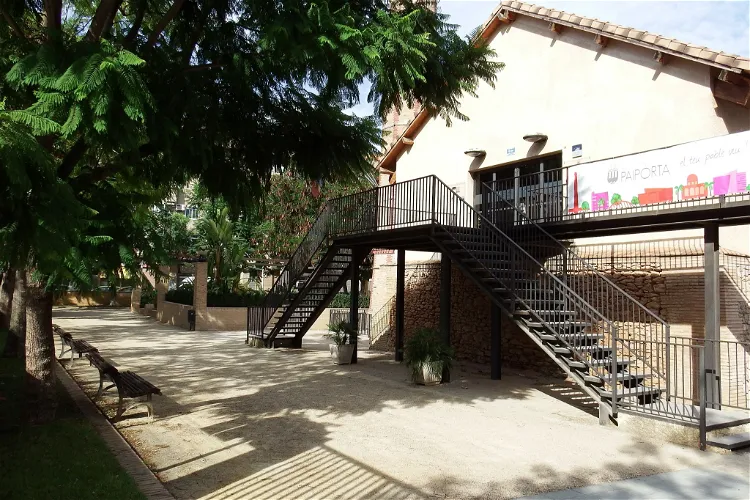
Museum of Rajoleria de Paiporta
PaiportaThe Museum of Rajoleria de Paiporta is an ethnological museum that is situated in an old brick factory known as Rajolar de Bauset. This unique location adds a historical and cultural depth to the museum, making it an interesting destination for tourists who are interested in the local culture and history.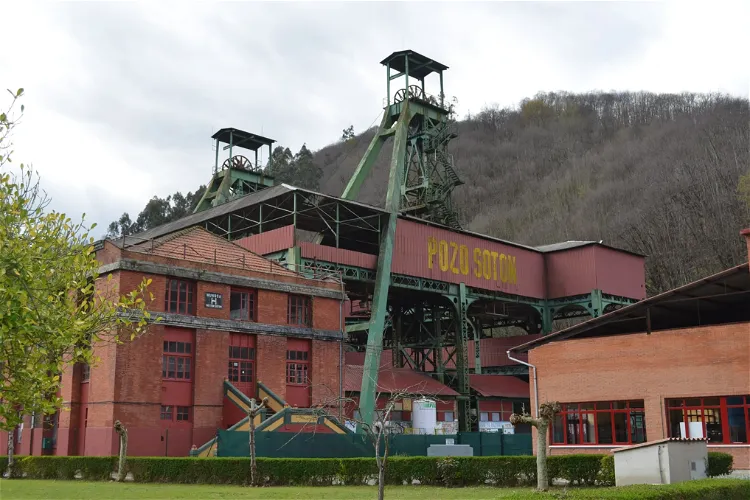
Pozo Sotón
San Martín del Rey AurelioEl Pozo Sotón is a historic coal mine located between El Entrego and Sotrondio, in the municipality of San Martín del Rey Aurelio, Spain. It is a significant part of the region's industrial heritage and offers a unique insight into the history of coal mining in the area. Visitors can explore one of its underground galleries and view a memorial featuring the names of hundreds of workers who lost their lives in the mining industry.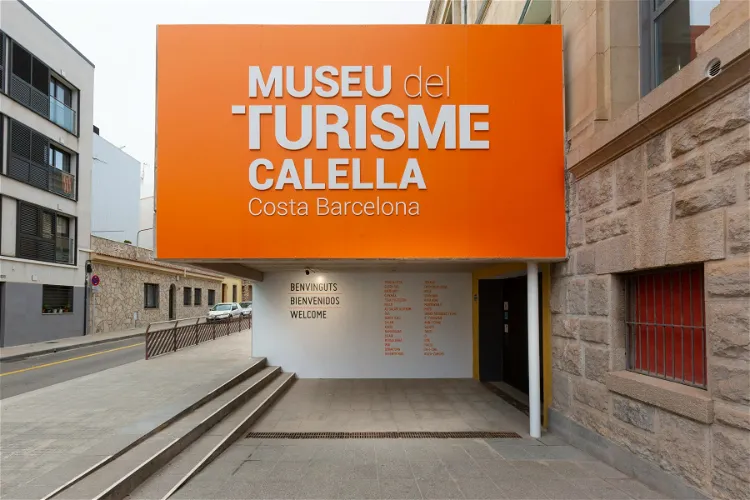
Museu del Turisme
CalellaEl Museo del Turismo, located in Calella, was inaugurated on January 9, 2016. This museum is a significant part of the city's cultural landscape and offers a unique insight into the history and development of tourism.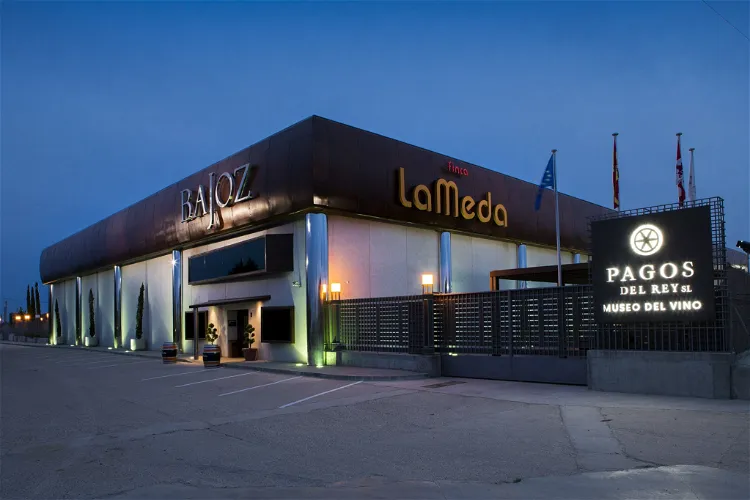
Pagos del Rey Wine Museum
Morales de ToroThe Pagos del Rey Wine Museum is a wine museum situated in Morales de Toro, Zamora. It is dedicated to the promotion and dissemination of the culture, history, and tradition of wine. The museum is an excellent place for wine enthusiasts and those interested in learning more about the rich history and tradition of wine production.
Museo de Artes y Costumbres Populares
BegíjarThe Museo de Artes y Costumbres Populares de Begíjar is situated in the historic center of the municipality of Begíjar, in the province of Jaén, Spain. This location is part of the cultural heritage declared by the Junta de Andalucía with integral protection. The museum is dedicated to the research, dissemination, and conservation of historical and anthropological heritage, from the perspective of social processes and respect for cultural diversity.
Almazara del Conde
Sot de CheraLa Almazara del Conde is a unique thematic museum located in the picturesque town of Sot de Chera in Valencia, Spain. The museum offers visitors an opportunity to observe the different stages of traditional oil production. This includes the use of traditional machinery and tools from the early 20th century, providing a glimpse into the rich history and culture of oil production in the region.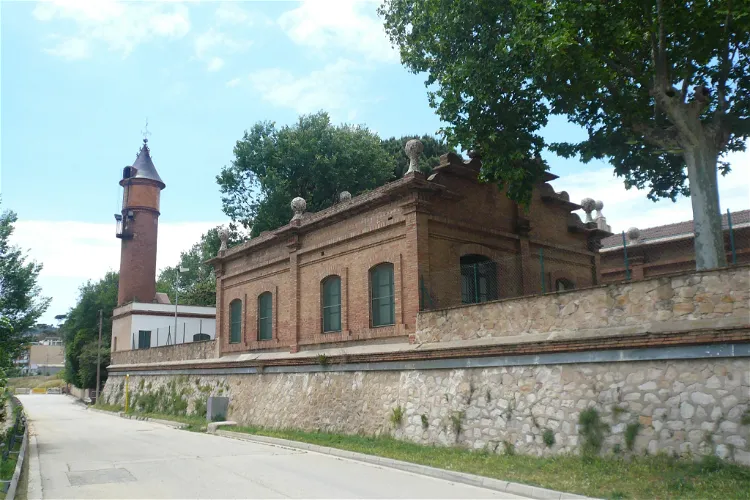
Casa de les Aigües
Montcada i ReixacThe Casa de les Aigües, also known as the wells of Moncada, is a historical site that once served as an extraction and pumping station for groundwater from the Besòs aquifer. This station played a crucial role in supplying drinking water to the city of Barcelona. It is located in the park of the Aguas de Moncada and Reixach (Vallés Occidental).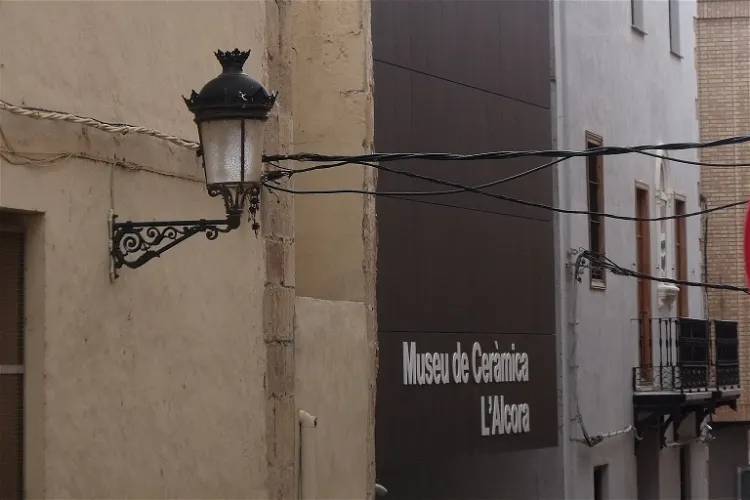
Ceramic Museum of l'Alcora
AlcoraThe Ceramic Museum of Alcora, or Museu de Ceràmica de l'Alcora as it is officially known, is a museum situated in the Spanish town of Alcora, which is part of the Valencian Community. This museum is a significant cultural landmark in the region, offering visitors a chance to explore the rich history and tradition of ceramics in the area.- 107
Railway Museum
CompostillaMuseum made of old railway station, a property of Ponferrada Mining and Steelworks company, tells a story of railway history. - 108
Museo Etnográfico de Ibiza
Dalt Vila - Old Town Ibiza CityMuseum opened in 1994. Contains a permanent exhibition of farming and fishing tools, clothing, jewelry and other. - 109
Museu del Calçat
BarcelonaMuseu del Calçat (Shoe Museum) traces the history of footwear and has a section devoted to shoes worn by famous personalities. The museum displays portraits of guild members, reproductions of footwear from the 2nd to 18th centuries and authentic shoes from the 18th century to the present day. Beside - 110
Museo Etnográfico
NavafríaEl Martinete de Navafría, located in Segovia, Spain, is a preindustrial establishment that was used for beating and shaping copper. The facility was powered by hydraulic energy, which was obtained by transmitting the force of water to a wheel. This wheel, through its rotation, would turn a shaft that moved the hammer used to strike and shape the mineral. - 111
El Museo del Agua
AlicanteEl Museo del Agua (The Water Museum) is a museum in Alicante that is dedicated to water, including the history and influence of water for the city of Alicante, the different methods of extraction, and the development of drinking water from the 19th century as well as new technologies such as quality - 112
Emilio Pérez Piñero Foundation
CalasparraThroughout his career, Emilio Pérez Piñero received numerous accolades for his work. He was awarded the 'Gold Medal' at the XI International Patent Exhibition in Brussels and the Auguste Perret Prize from the International Union of Architects in 1972. These awards are a testament to his innovative architectural designs and contributions to the field. - 113
Birthplace of the Marquis of Sargadelos
Santa Eulalia de OscosThe Museo Casa Natal del Marqués de Sargadelos is a museum located in the town of Ferreirela de Baxo in Santa Eulalia de Oscos. This museum is significant as it was the birthplace of D. Antonio Raimundo Ibáñez, the Marquis of Sargadelos. Visitors can learn about the life and works of the Marquis, who was a prominent figure in the 18th century. - 114
Valencian Textil Museum
OntenienteThe Valencian Textile Museum, inaugurated in December 2022, is situated in the former Manuel Revert textile factory. The museum's location, next to the Clariano river in the city of Onteniente, adds to its historical charm and significance. - 115
Copper Museum
Cerro MurianoThe Copper Museum is situated in the neighborhood of Cerro Muriano, within the municipality of Obejo. It's important to note that a part of this neighborhood also falls under the jurisdiction of the municipality of Córdoba. This location offers a unique blend of cultural and historical experiences for visitors. - 116
Alcoy-Gandia Railway Museum
AlmoinesThe Alcoy-Gandia Railway, also known as la chicharra in Spanish or xitxarra in Valencian, was a significant Spanish railway line that operated from 1892 to 1969. This historical railway line is an important part of the region's history and offers a glimpse into the past for those interested in railway history. - 117
Manolo Safont Tile Museum
OndaThe Manolo Safont Tile Museum is a significant cultural institution located in the town of Onda, in the Province of Castellón, Spain. The museum was inaugurated in 2004, replacing the former Ceramic Museum that had been in existence since 1968. It is a place where visitors can immerse themselves in the rich history and artistry of architectural ceramics.